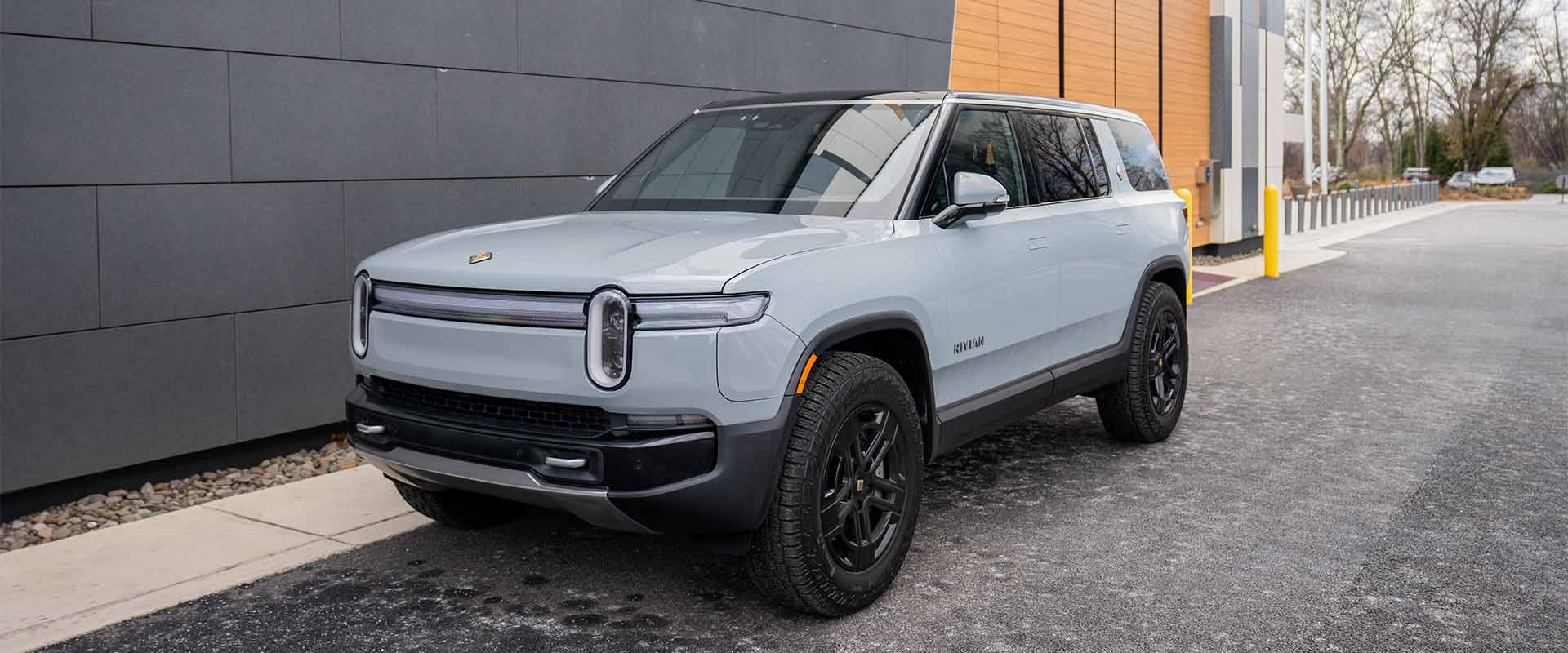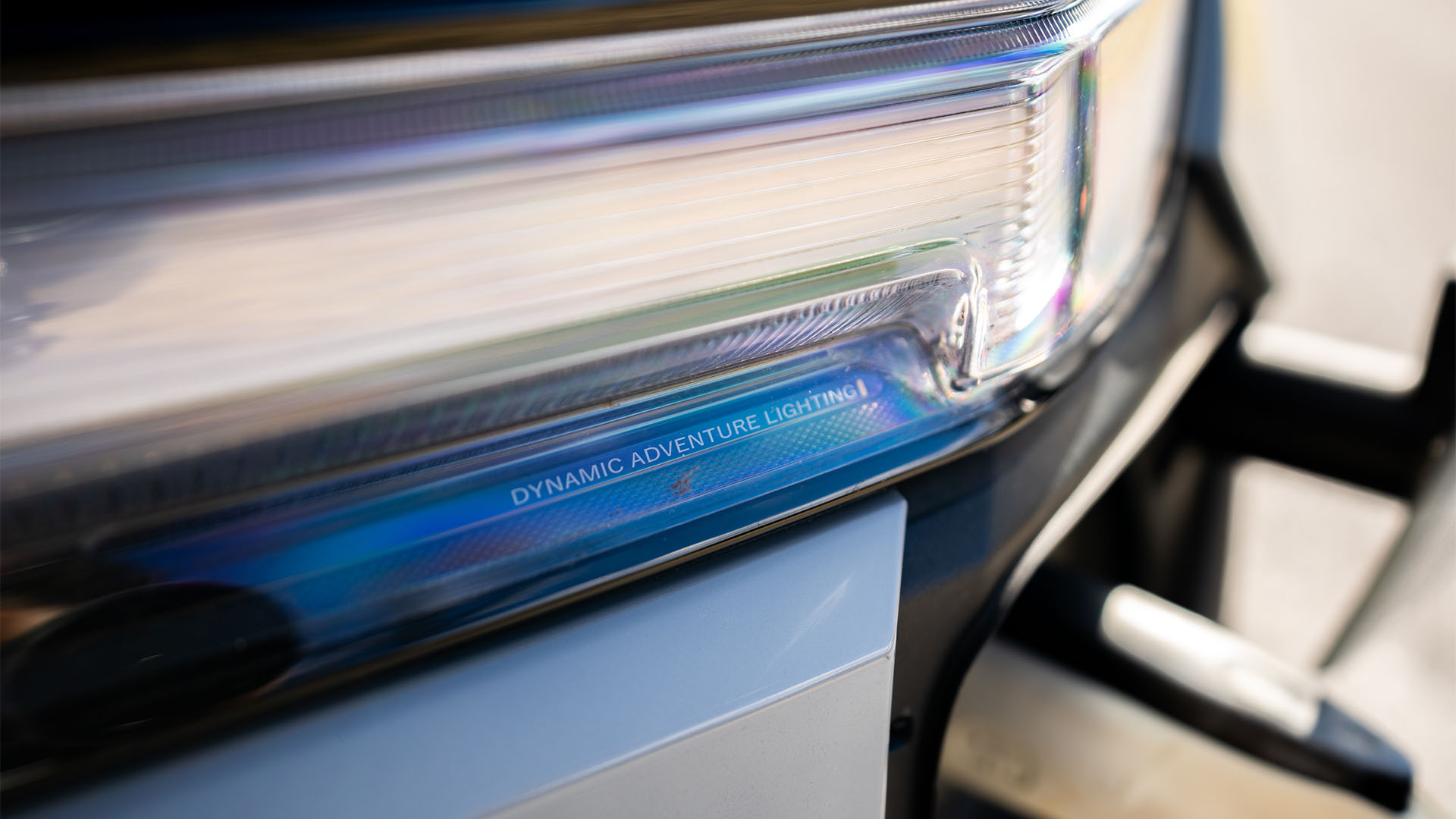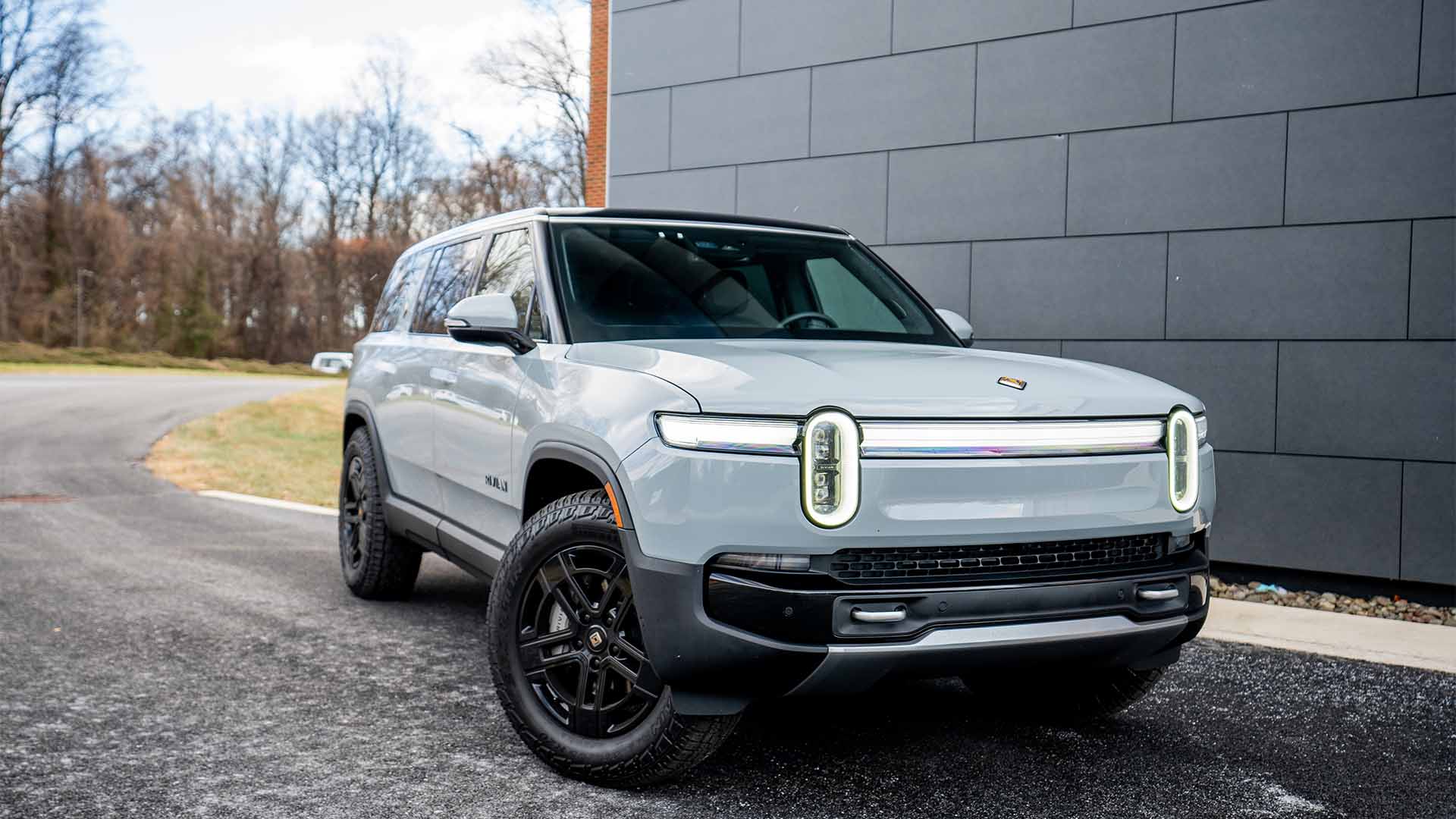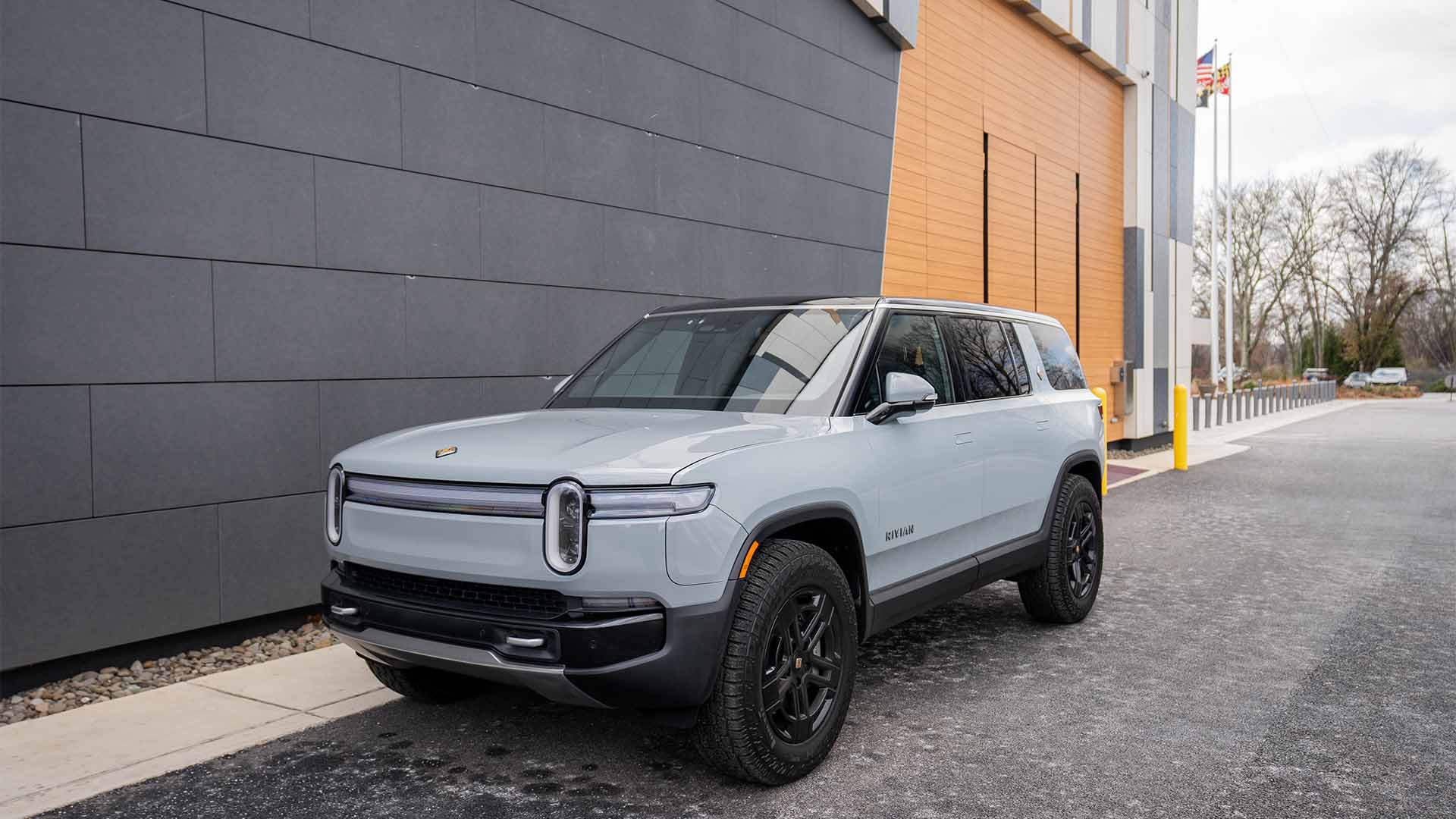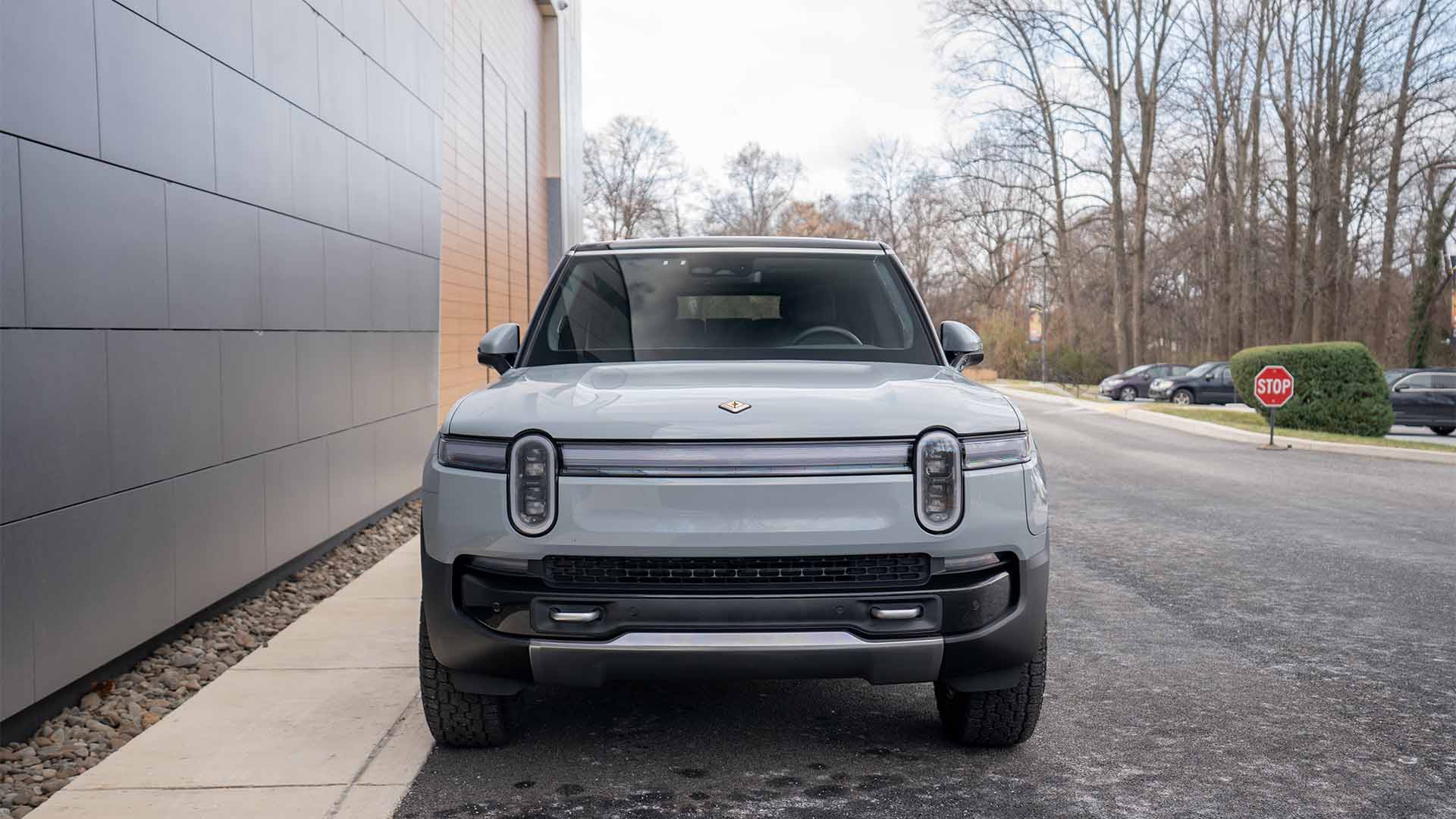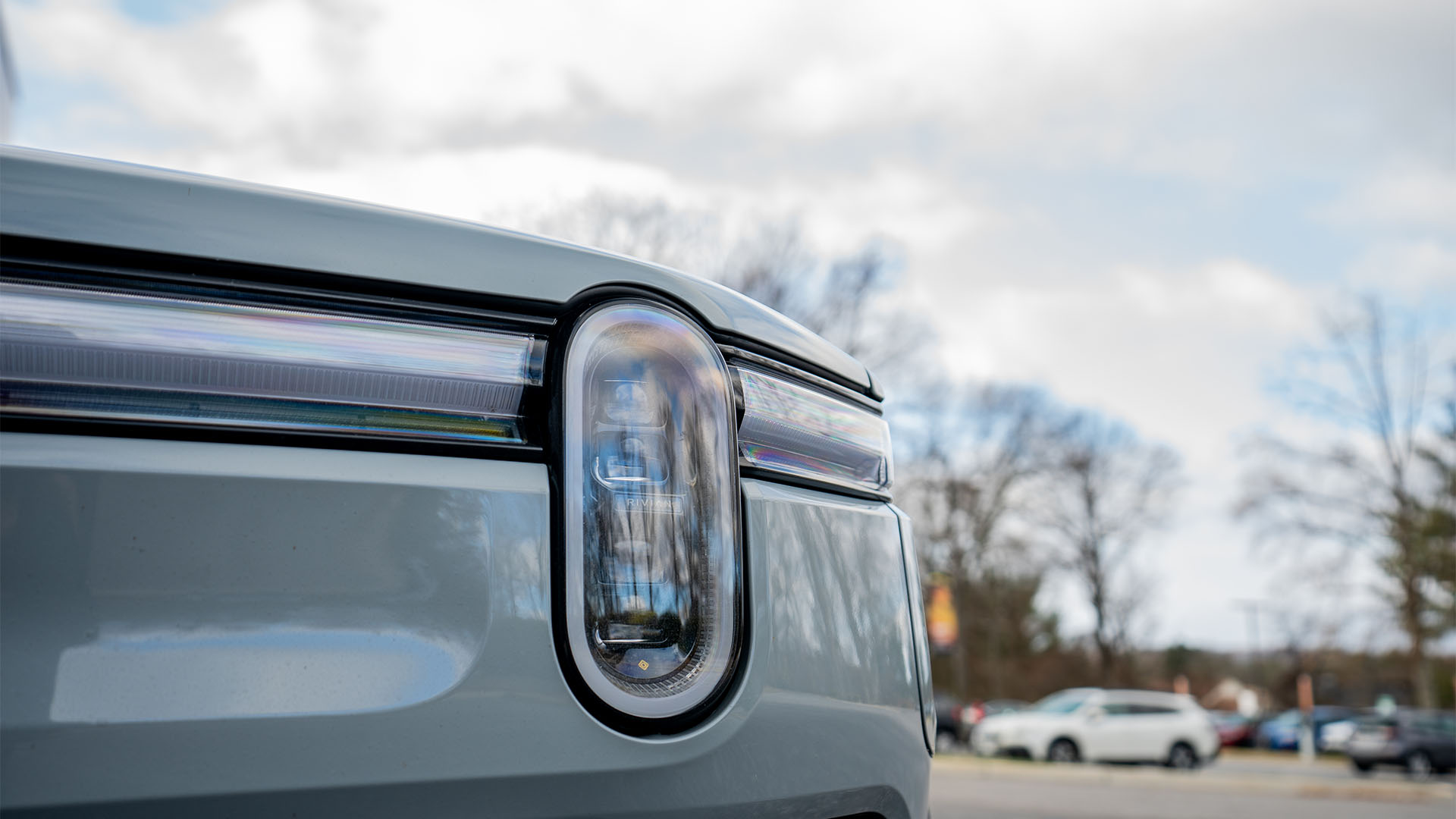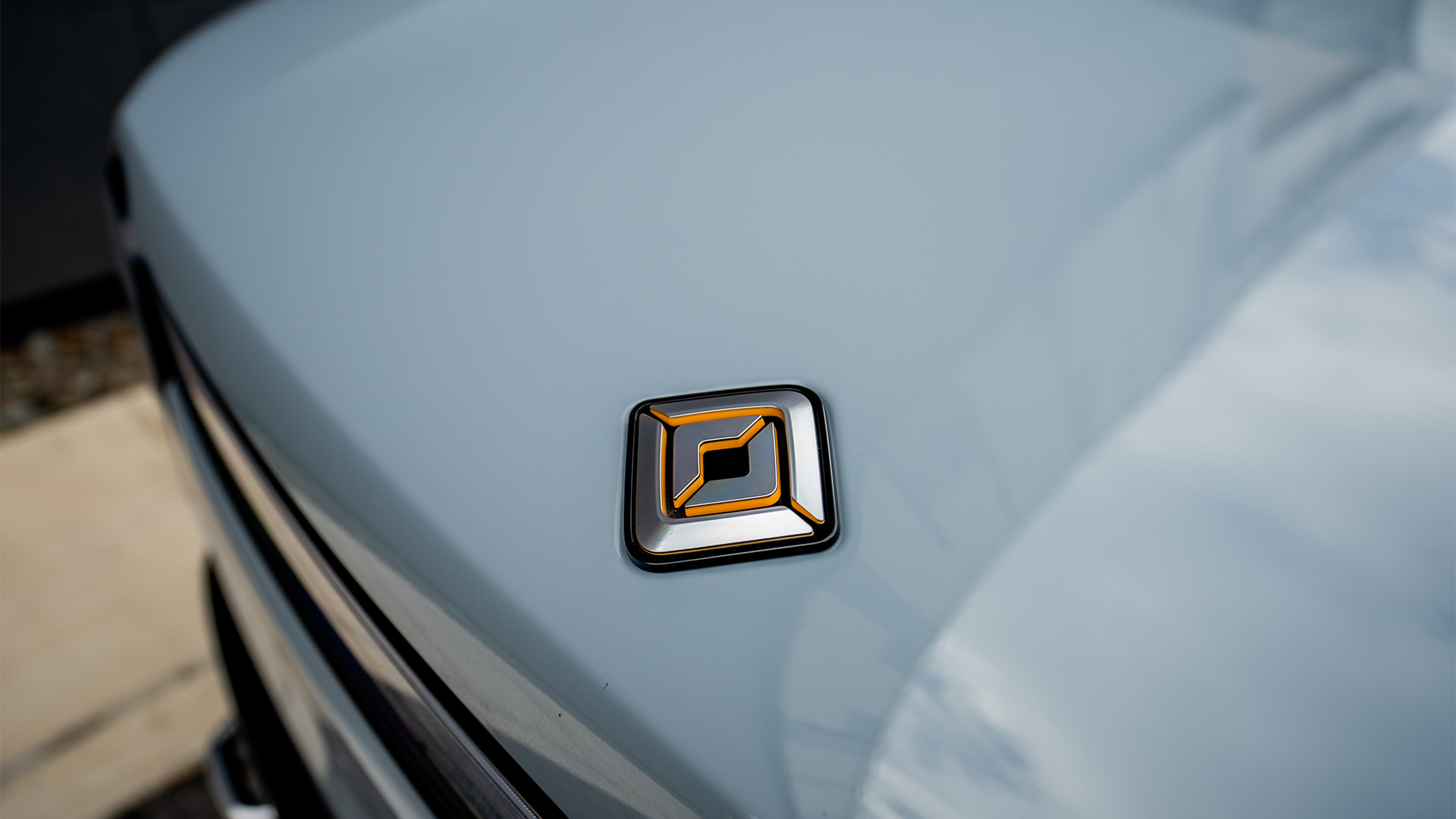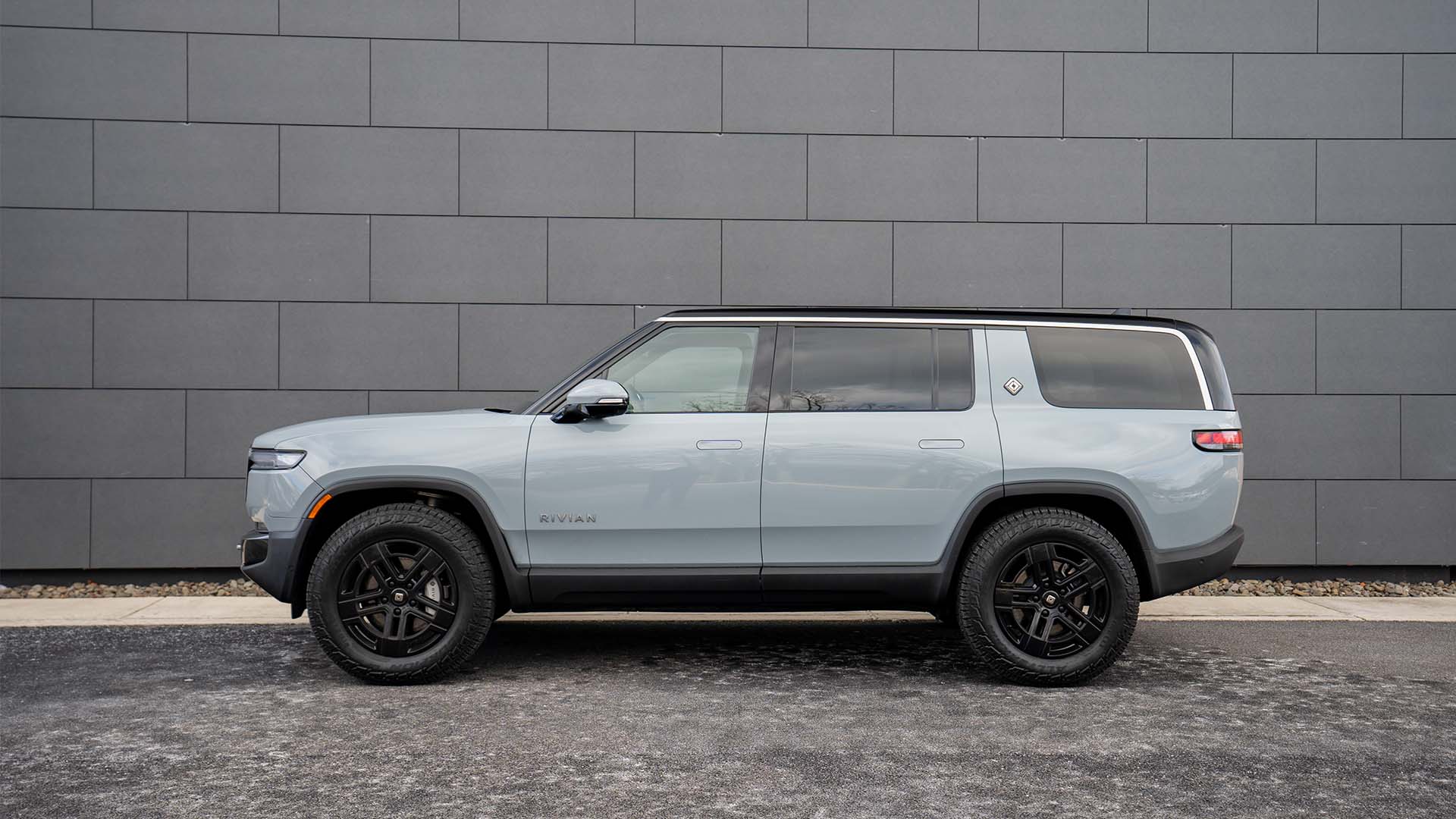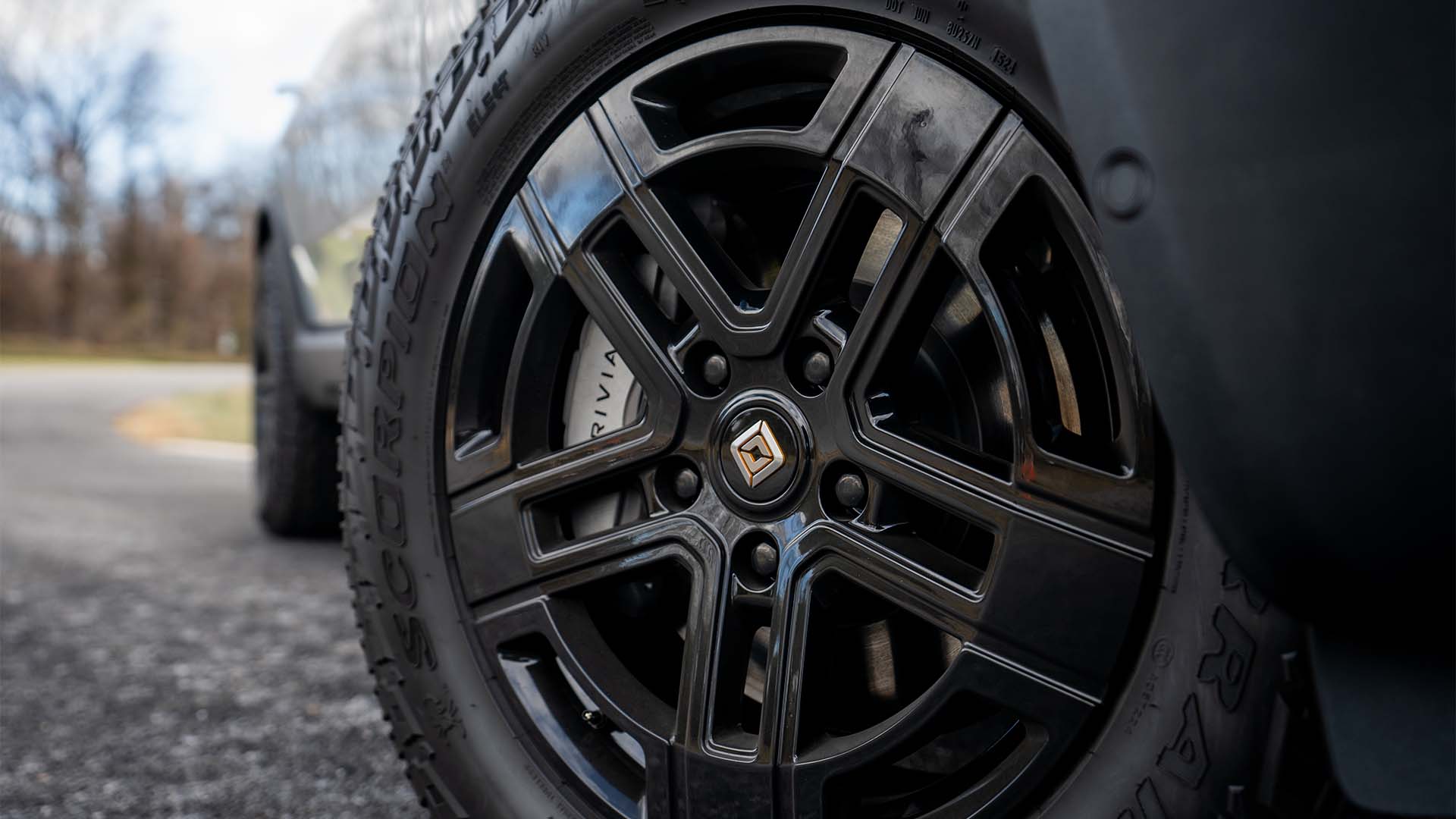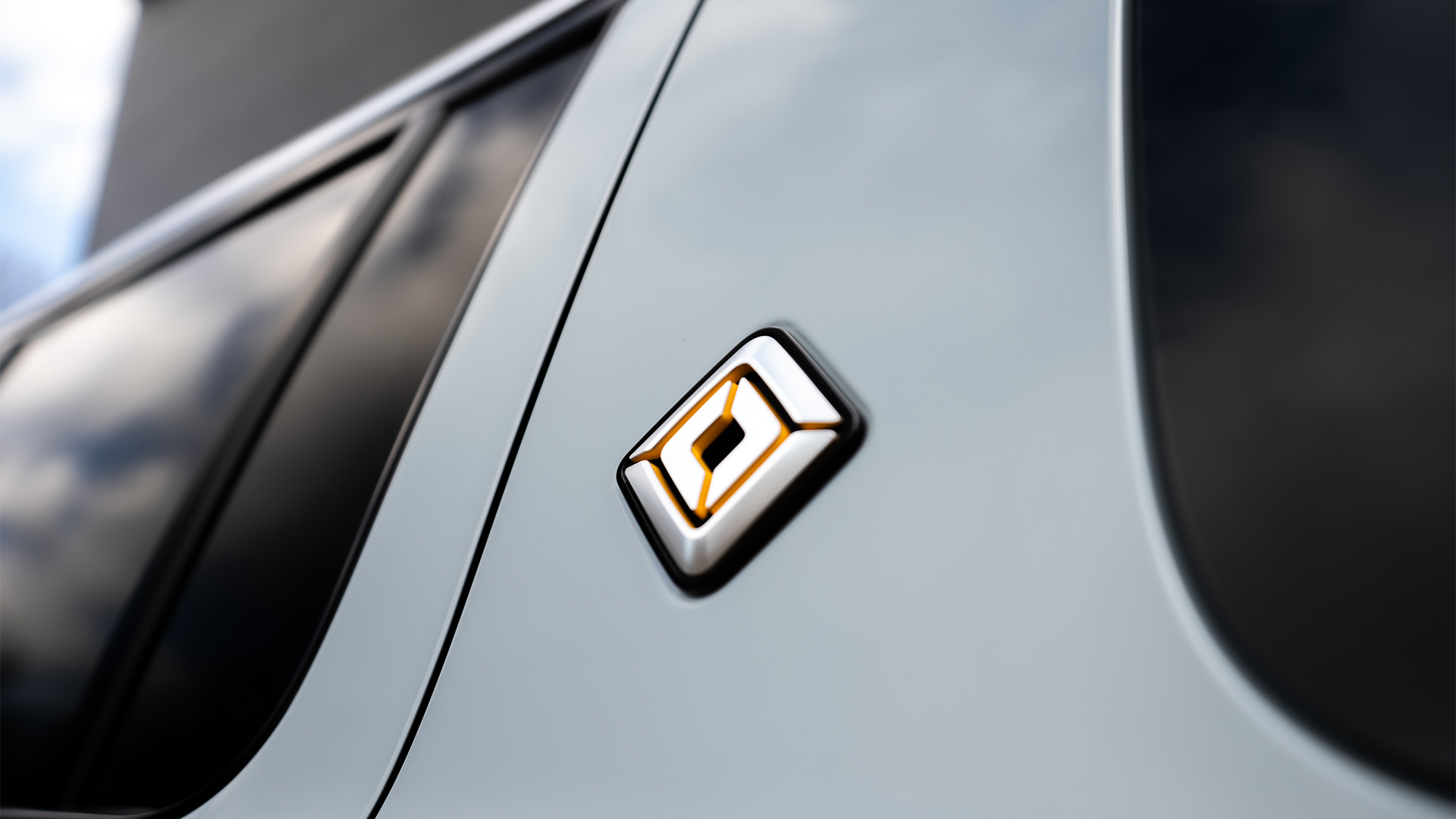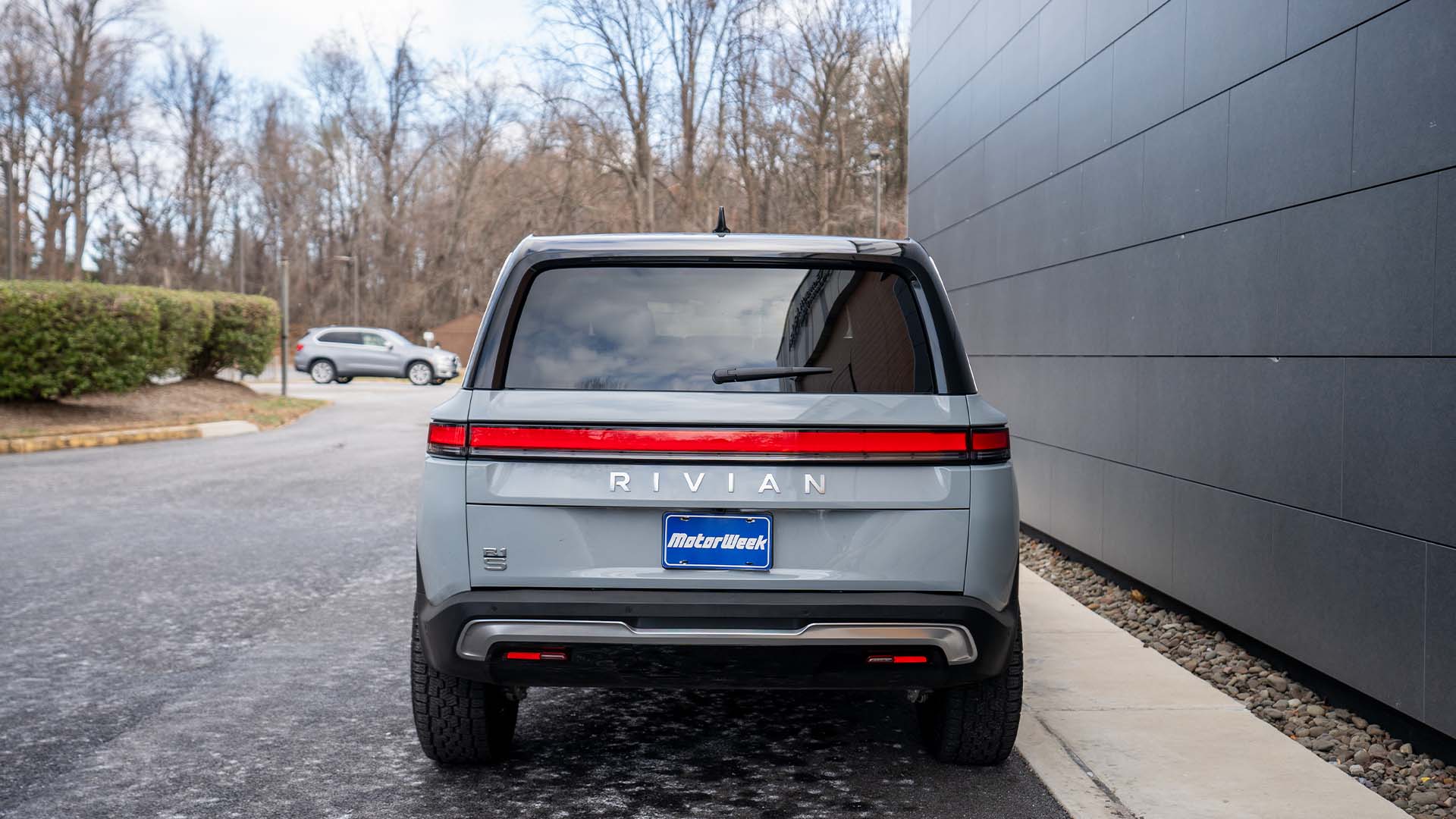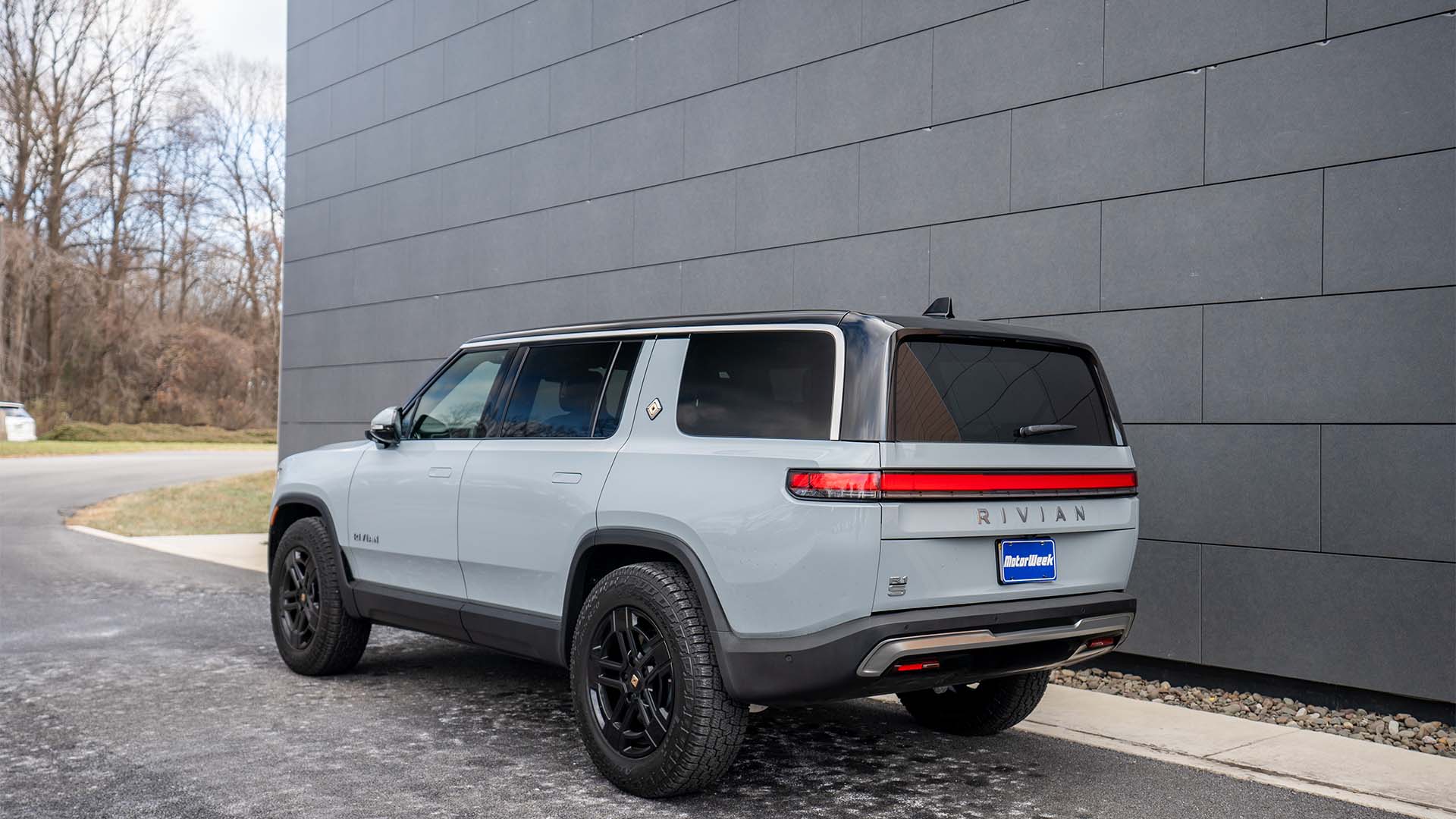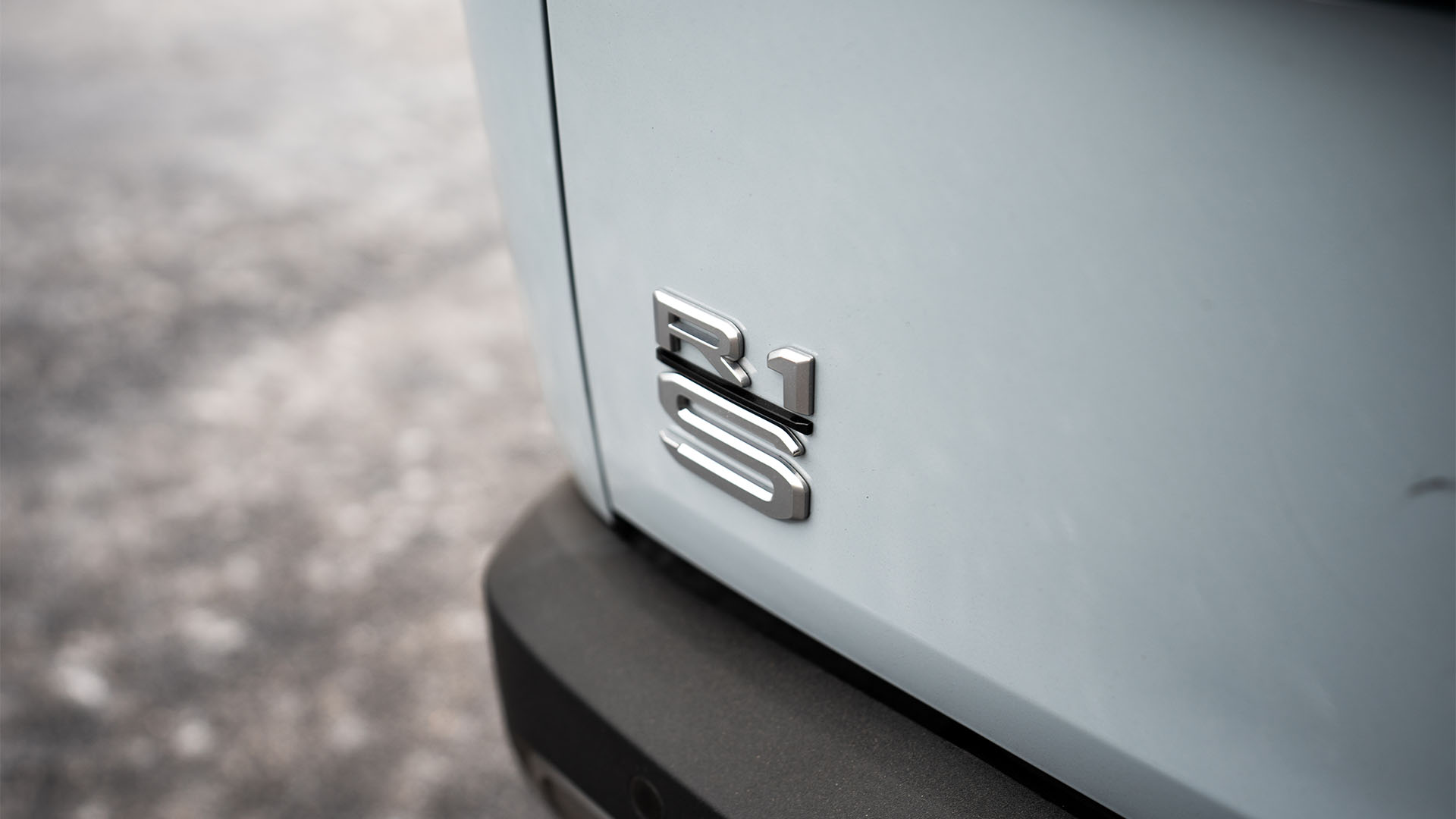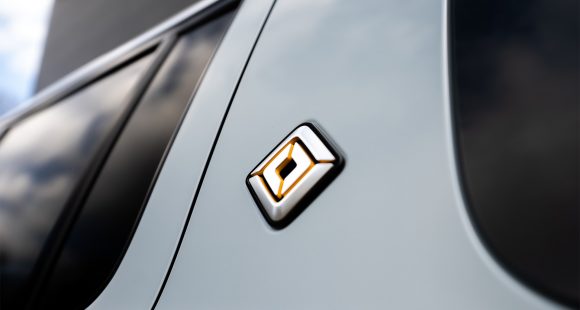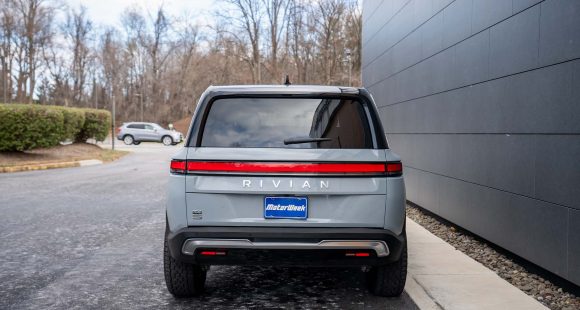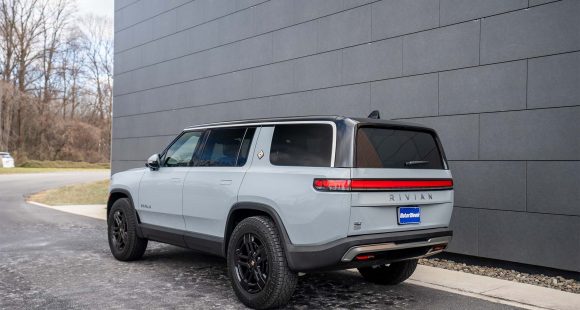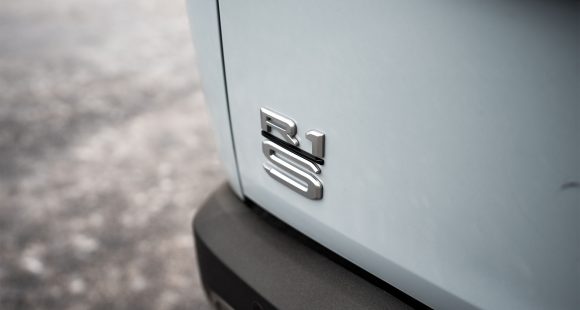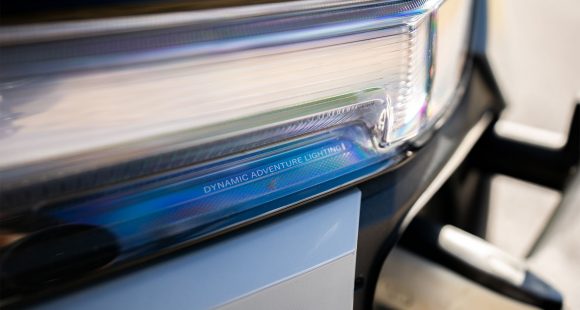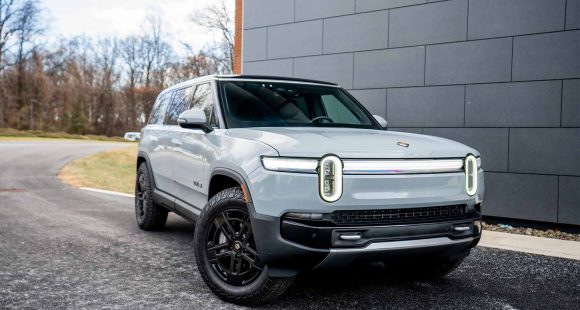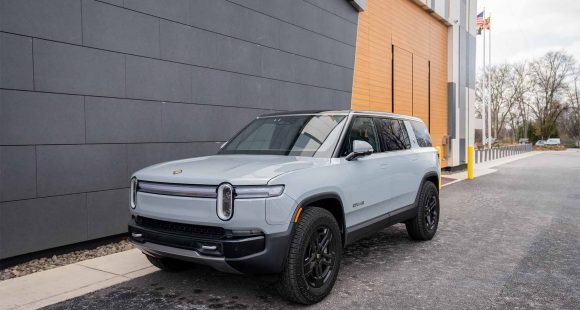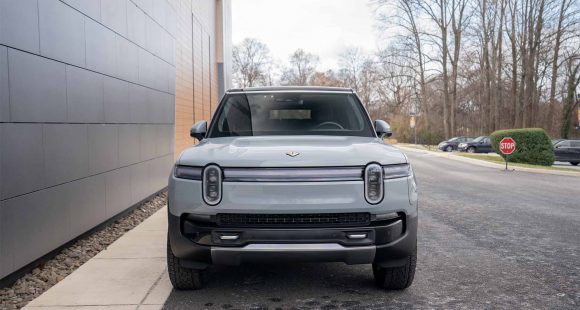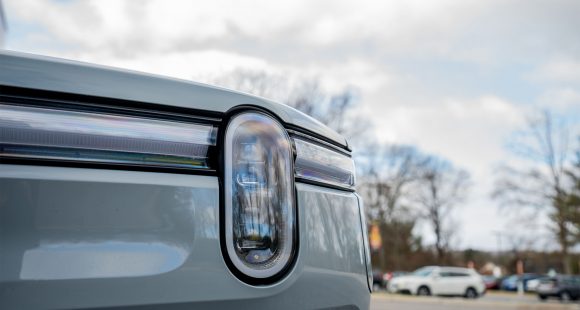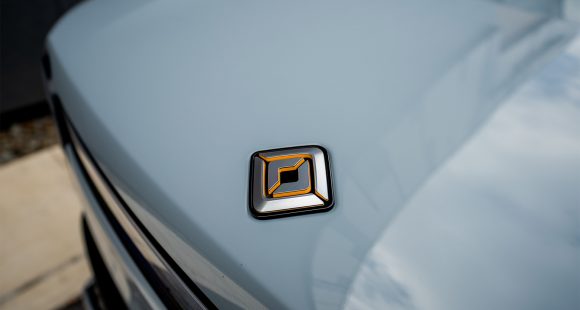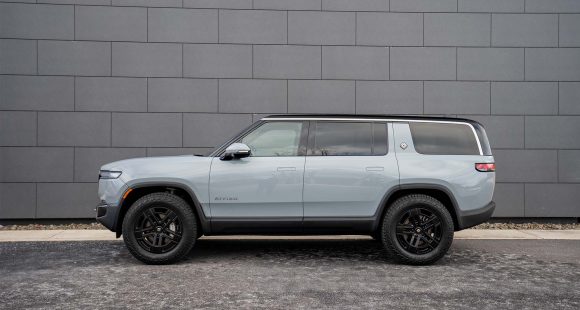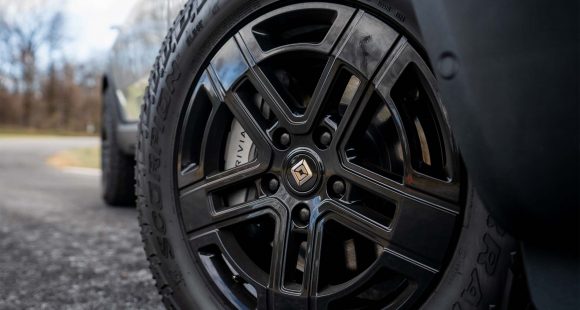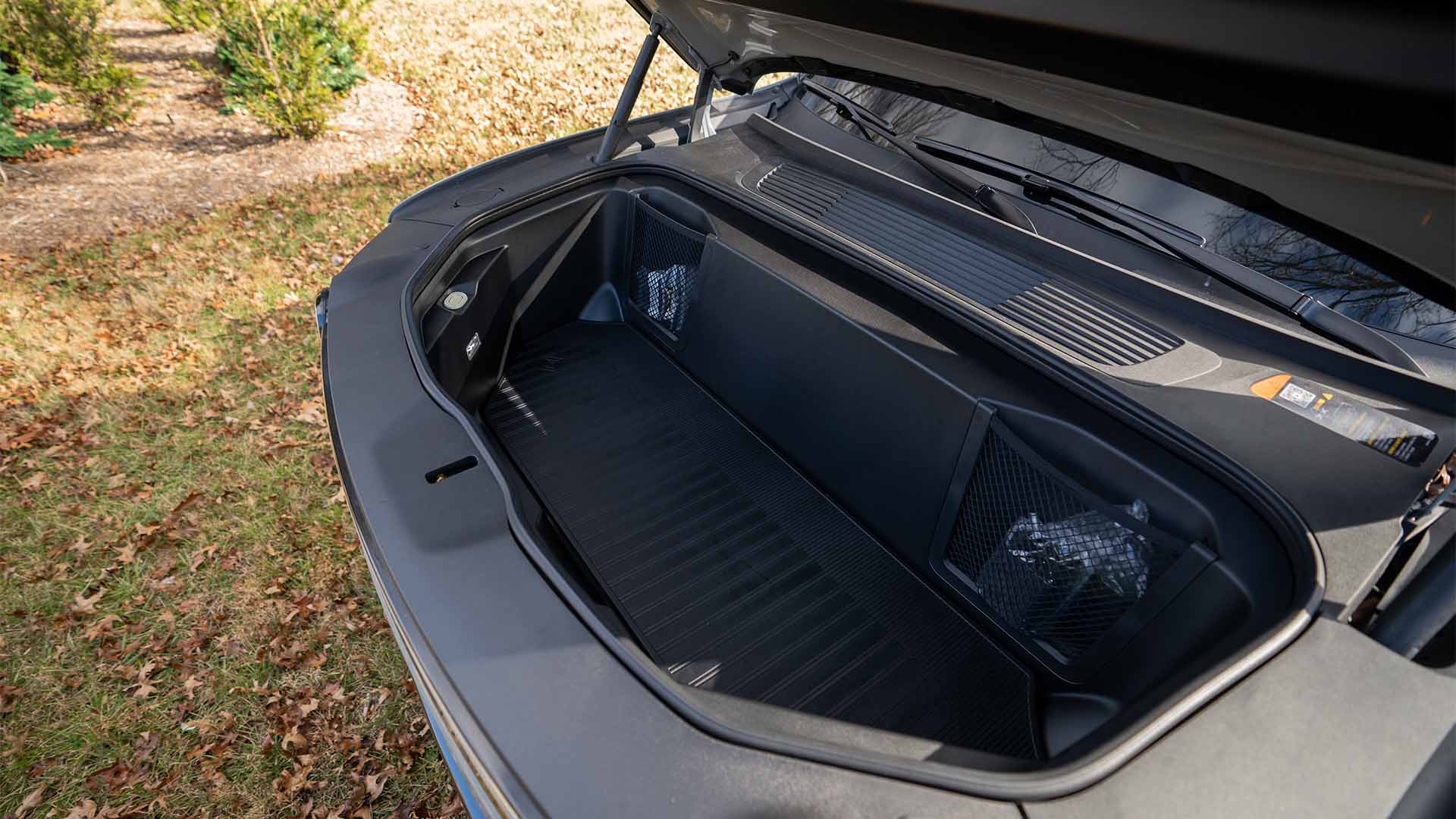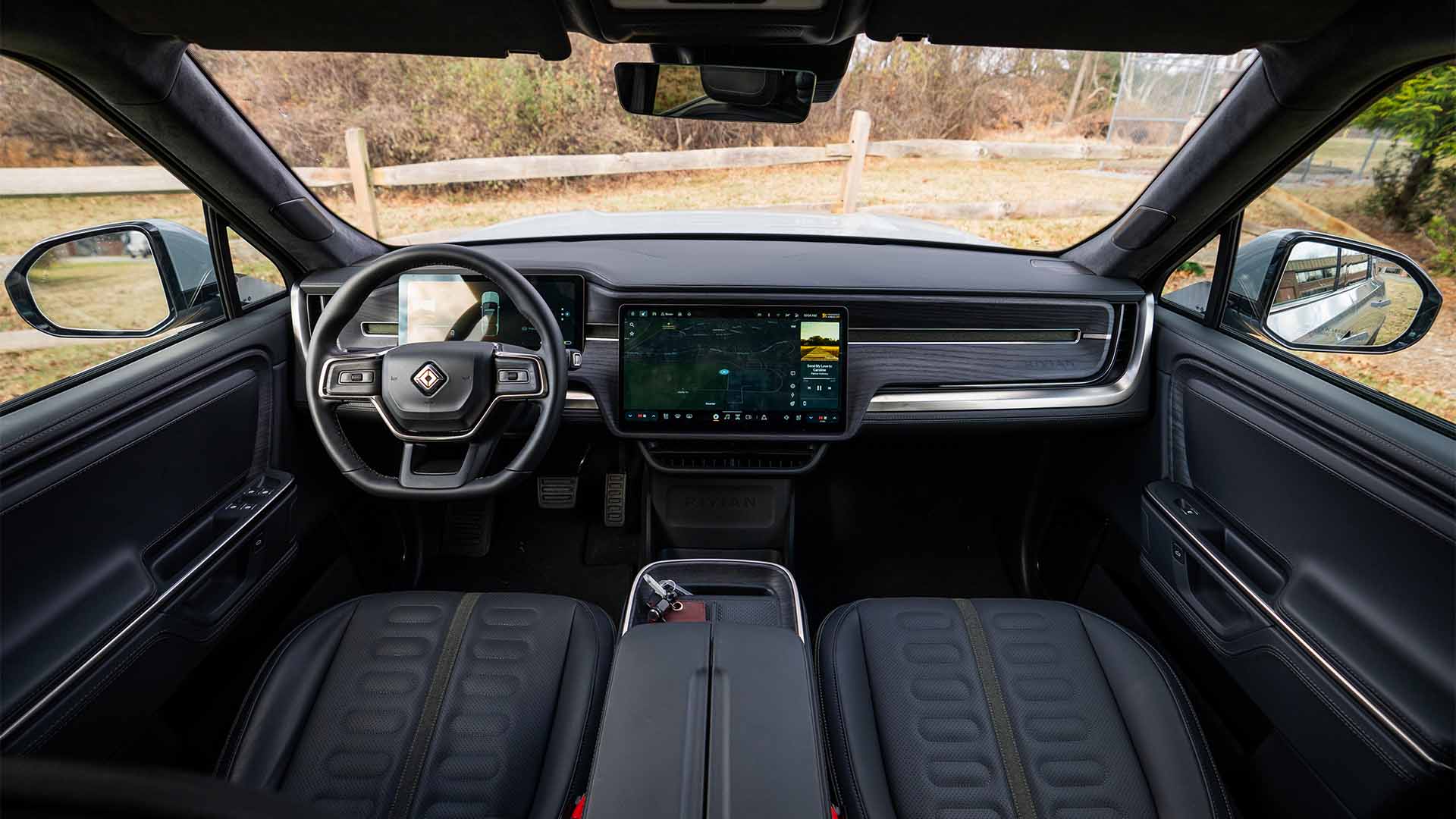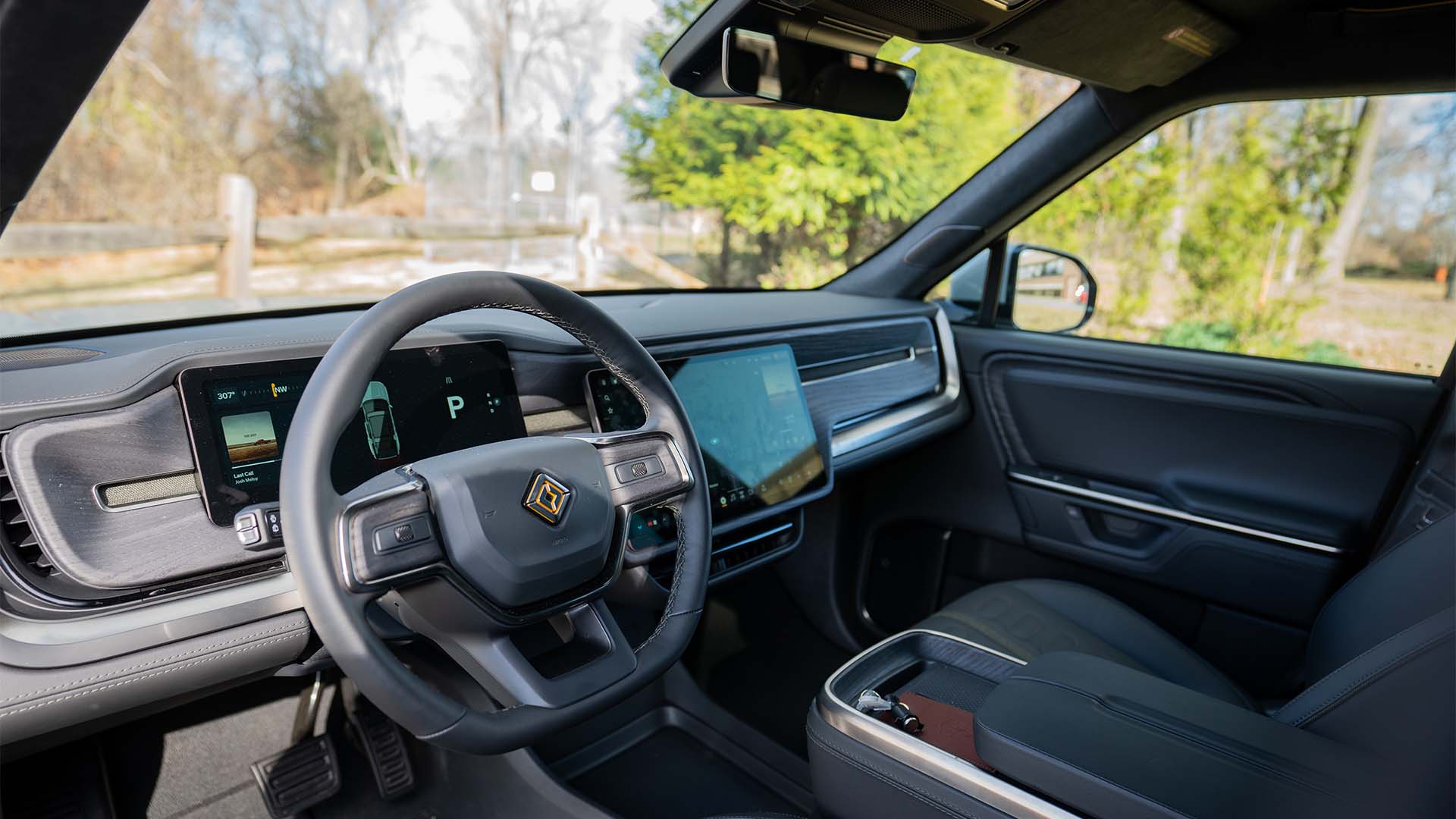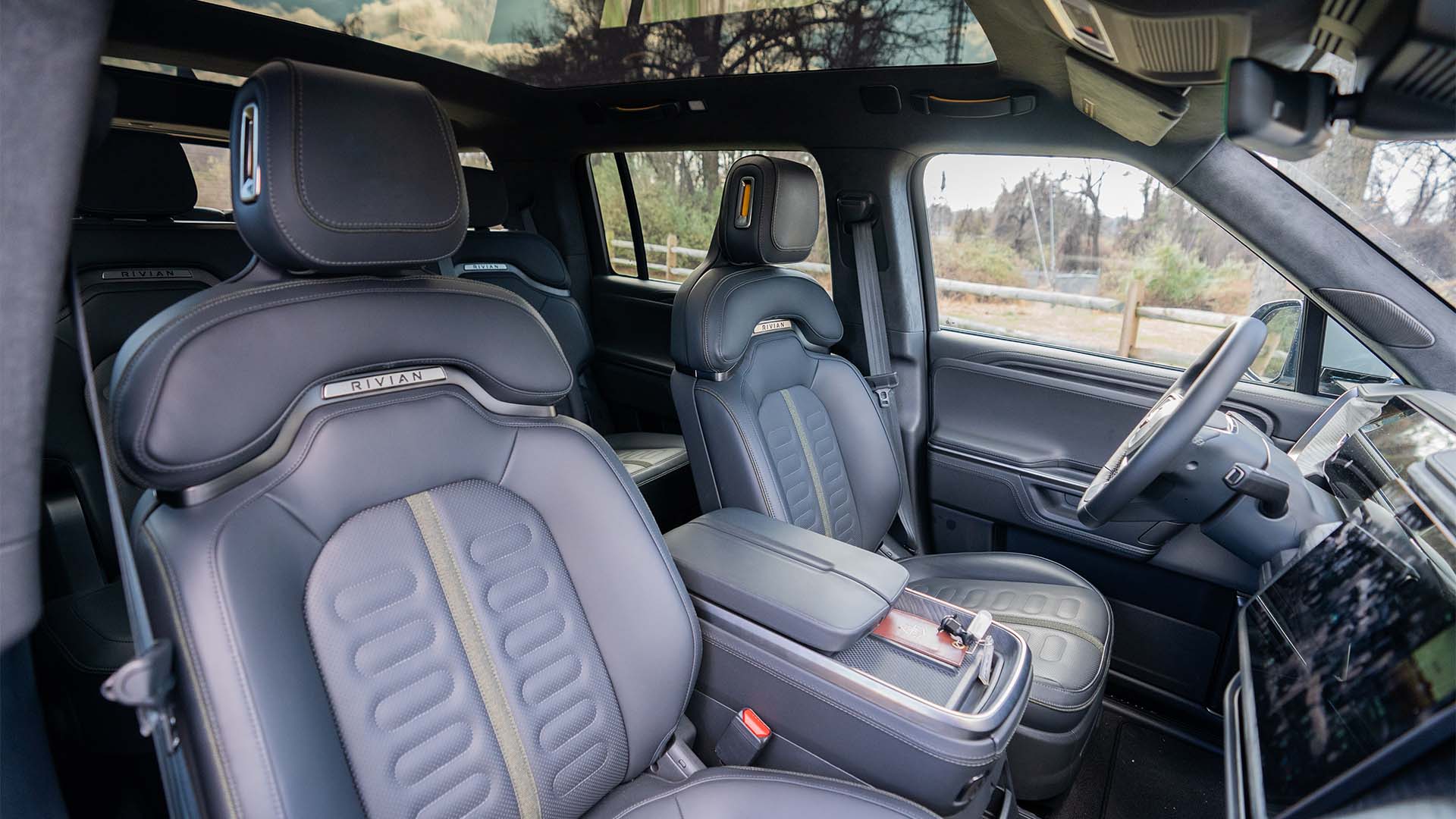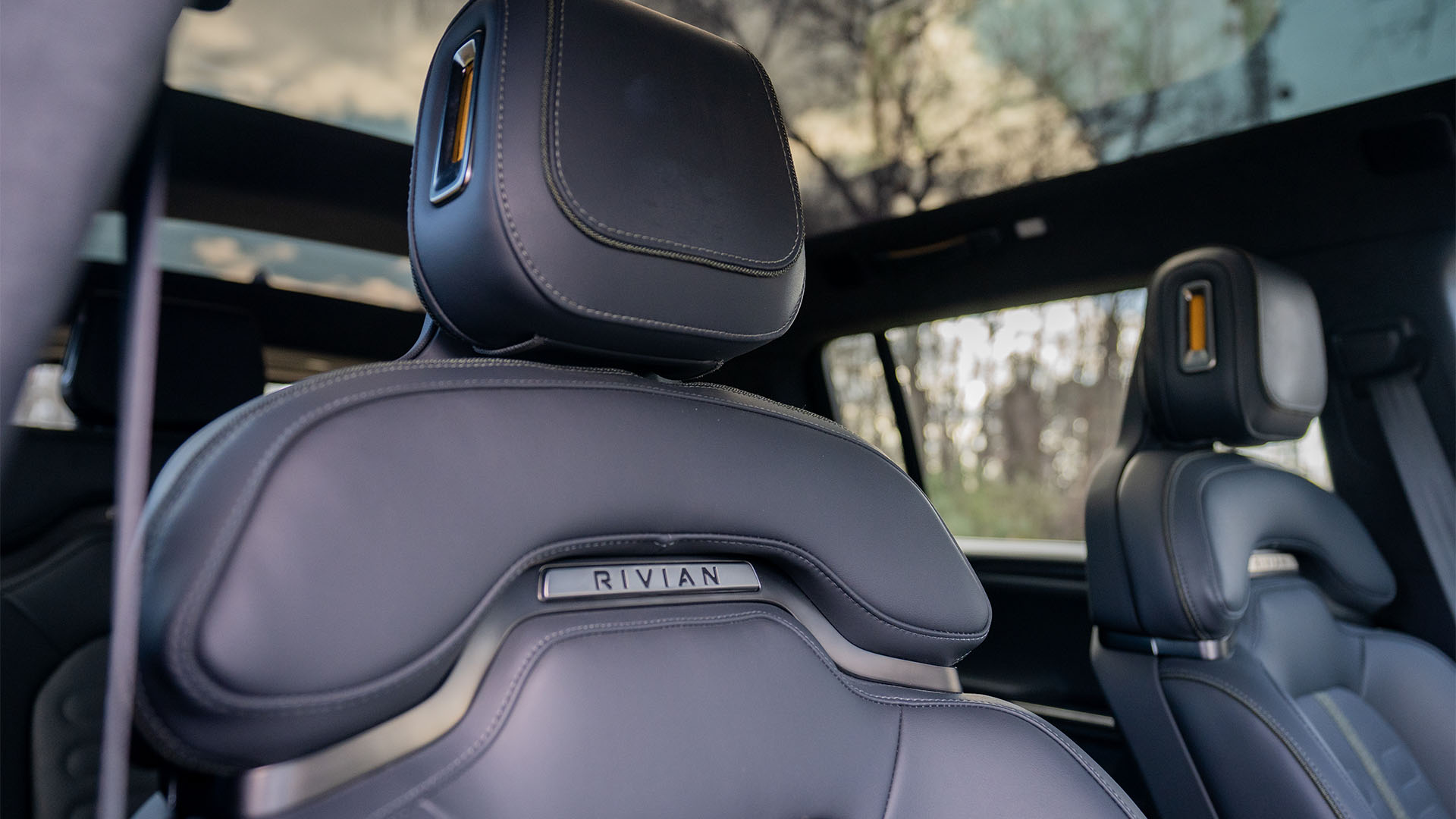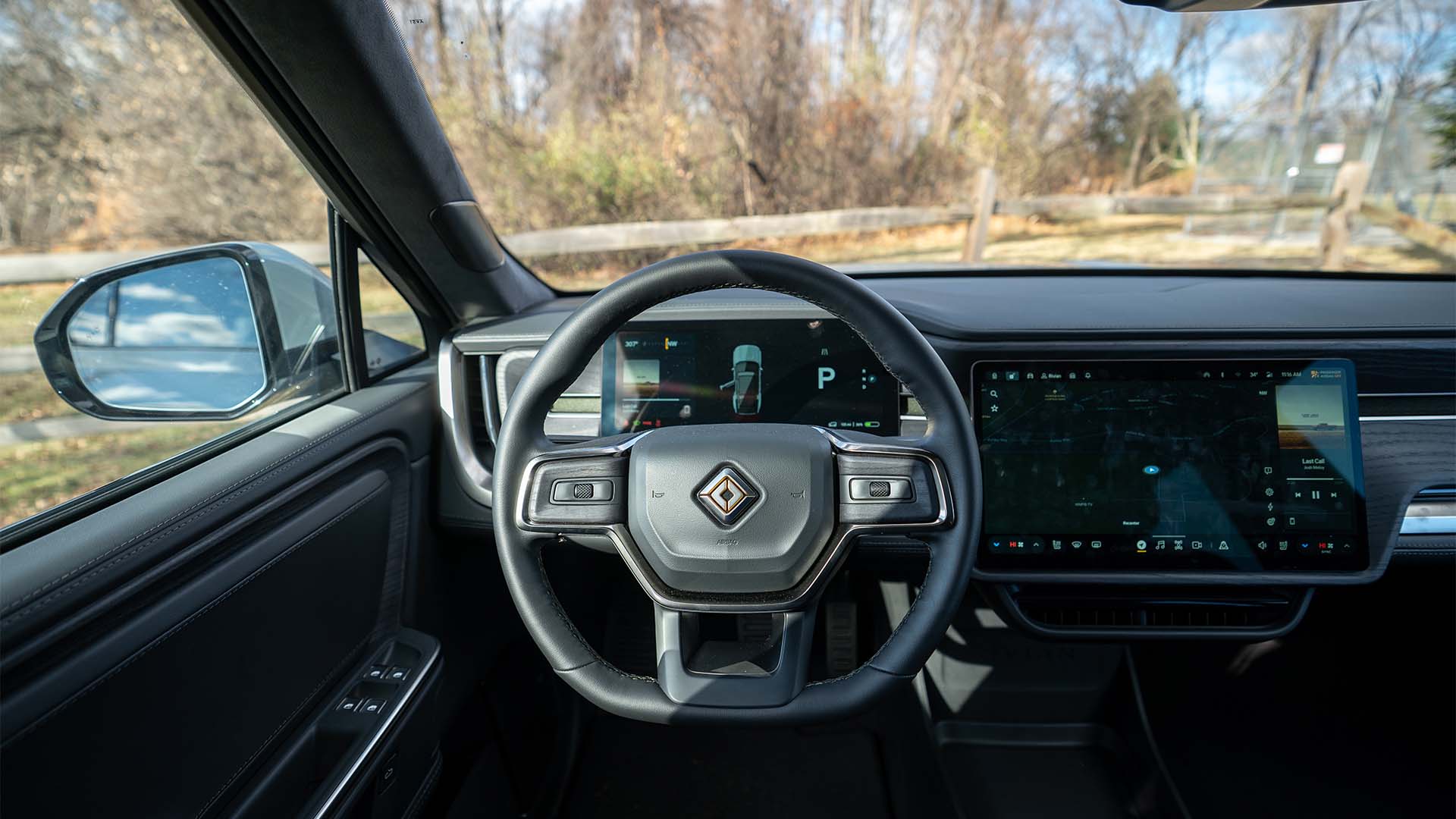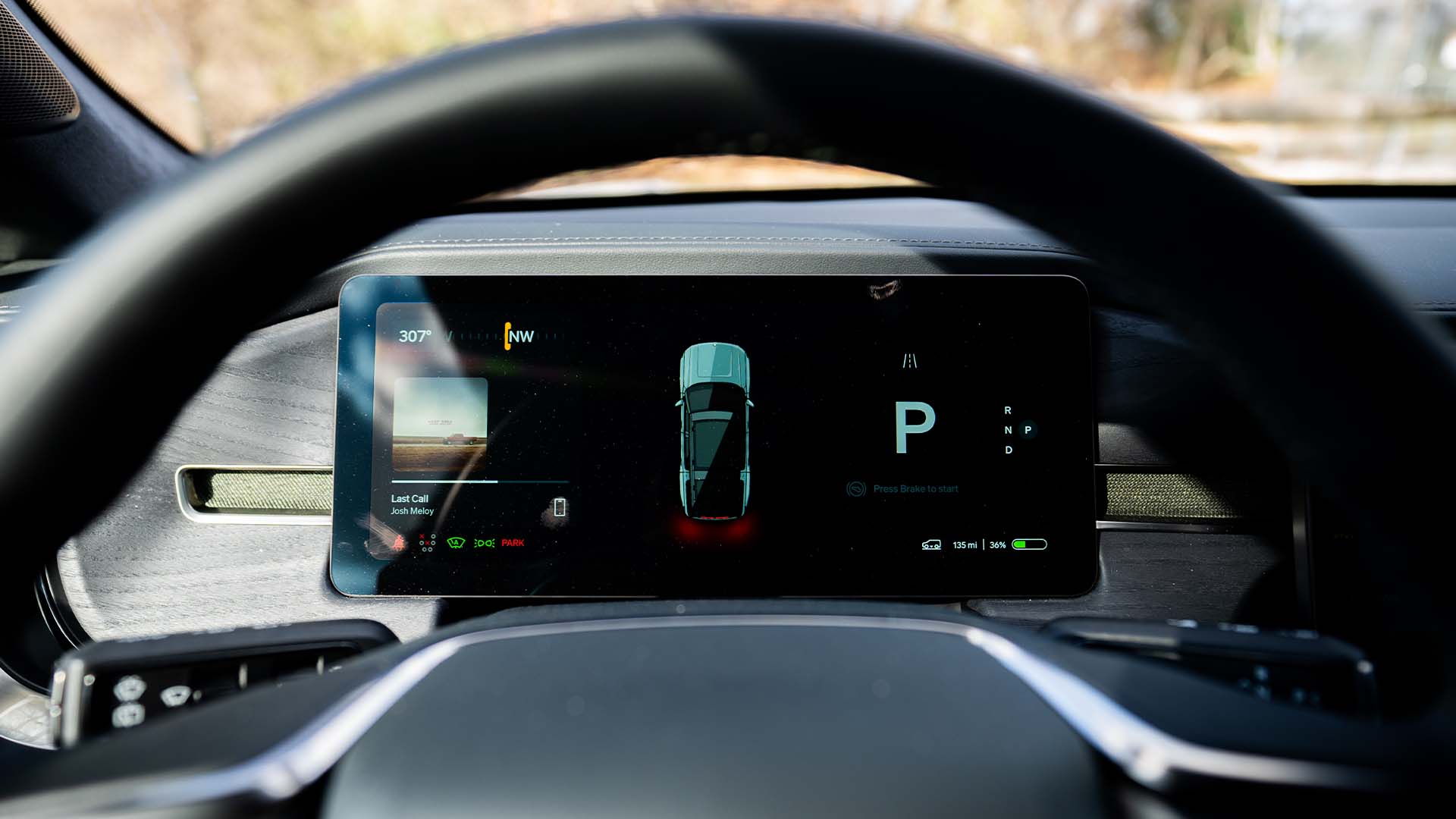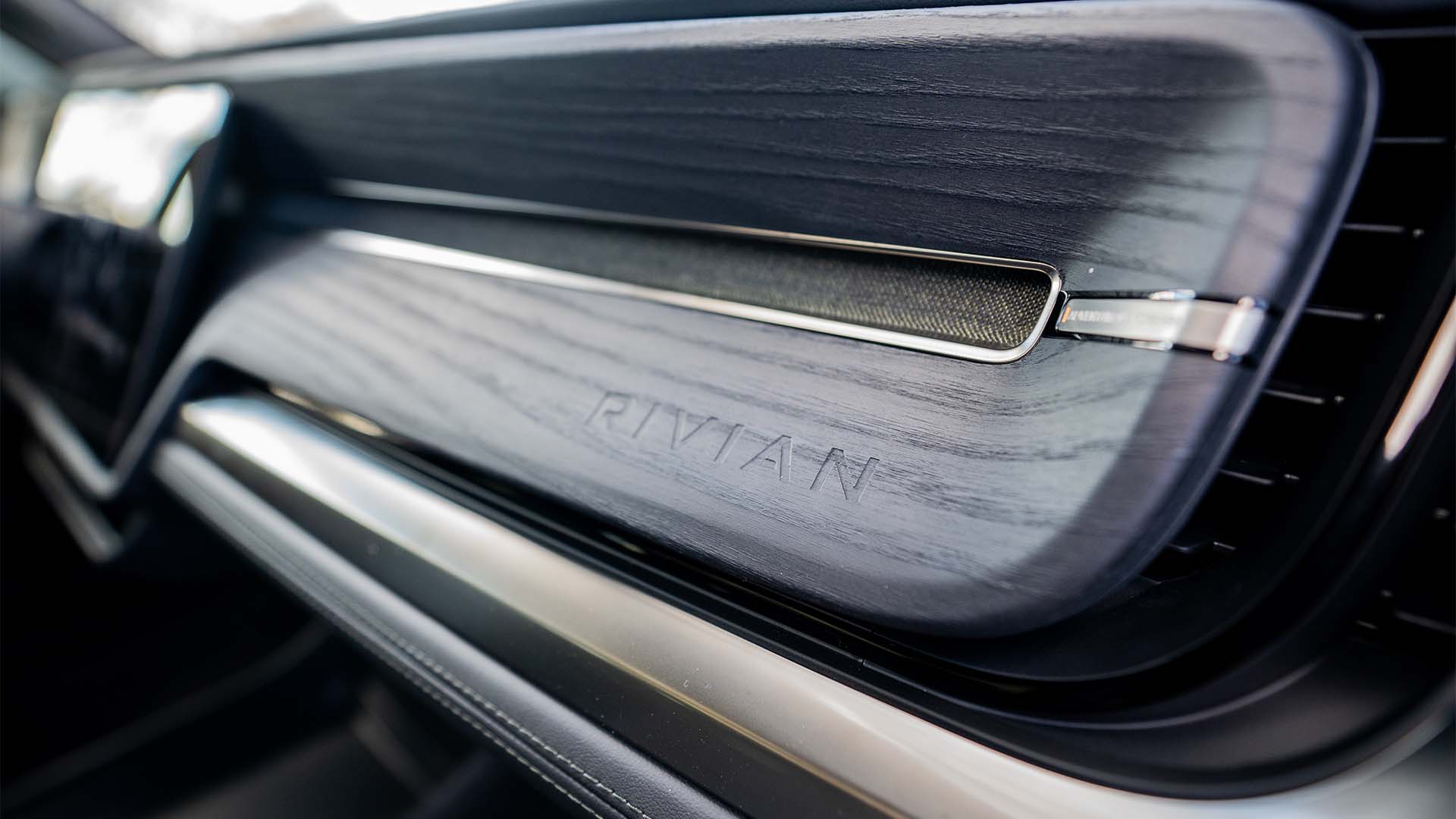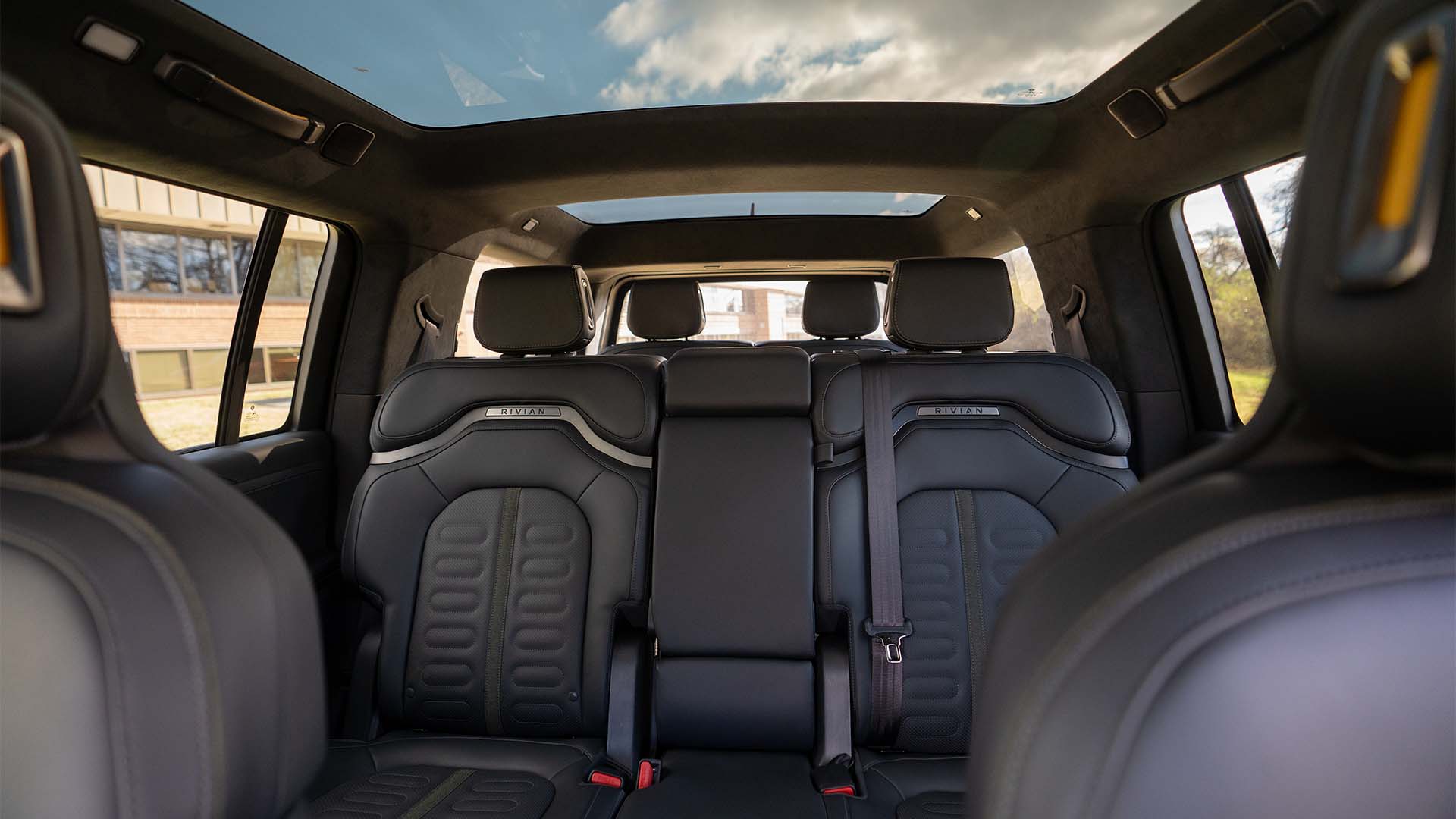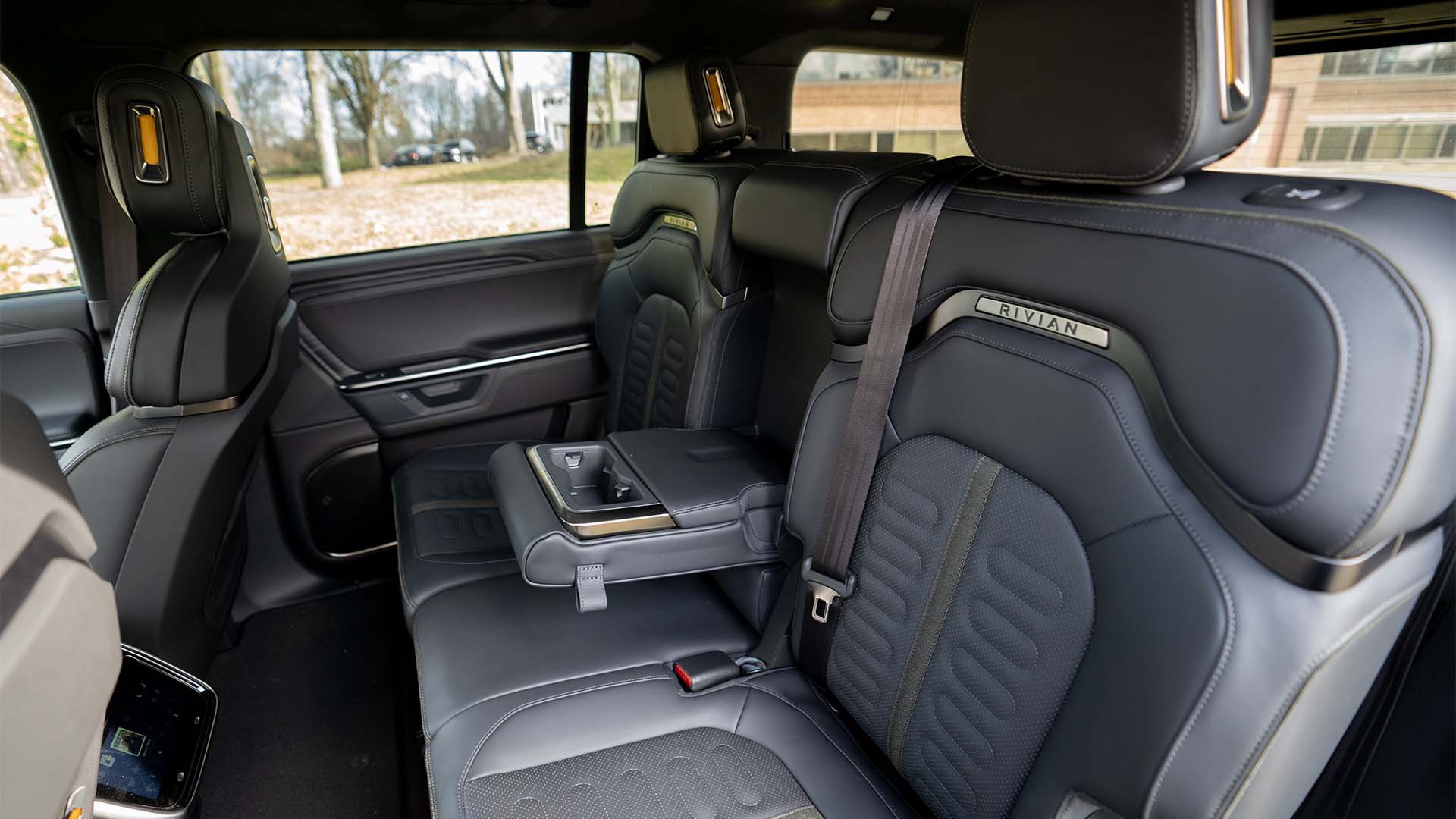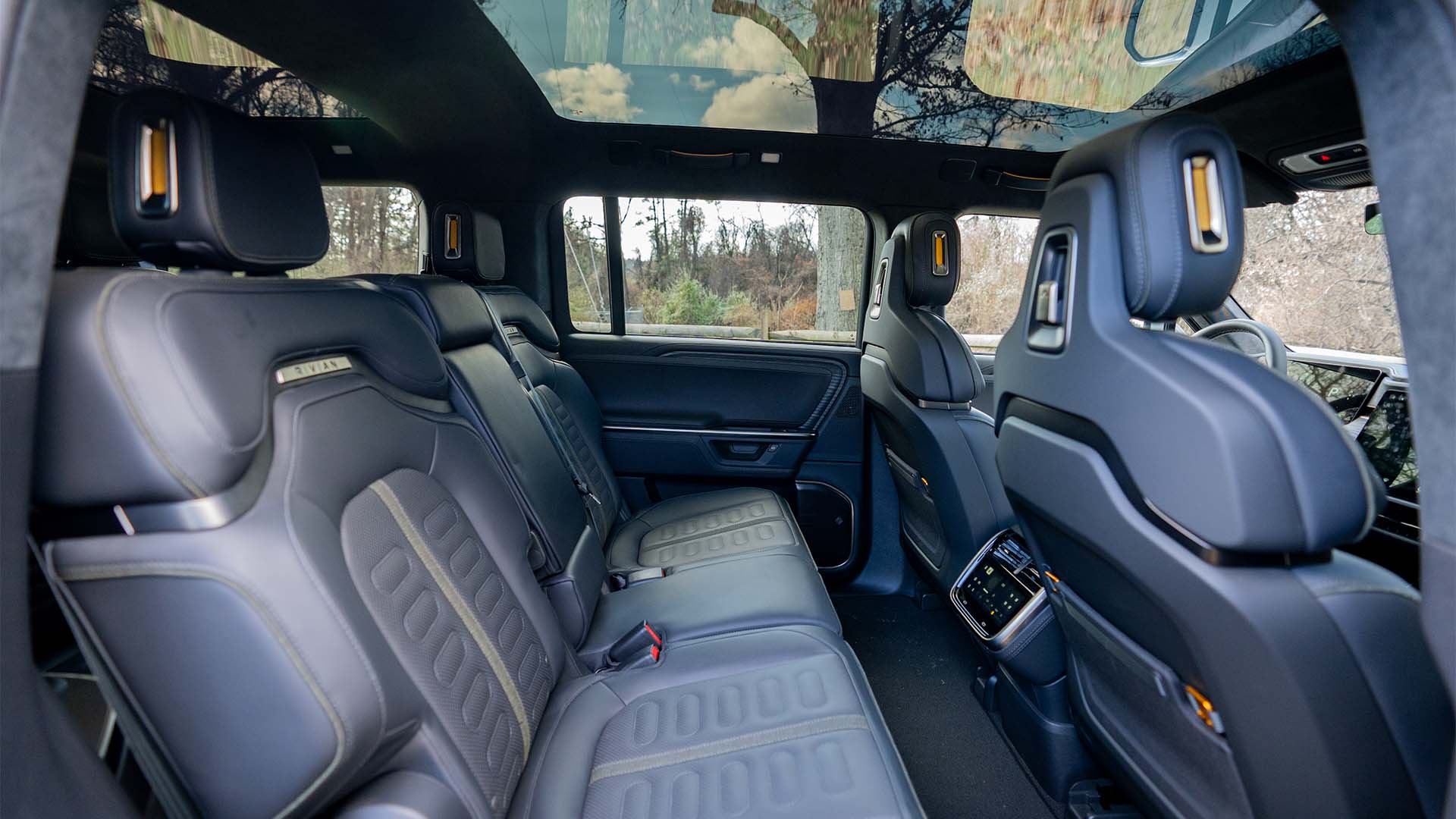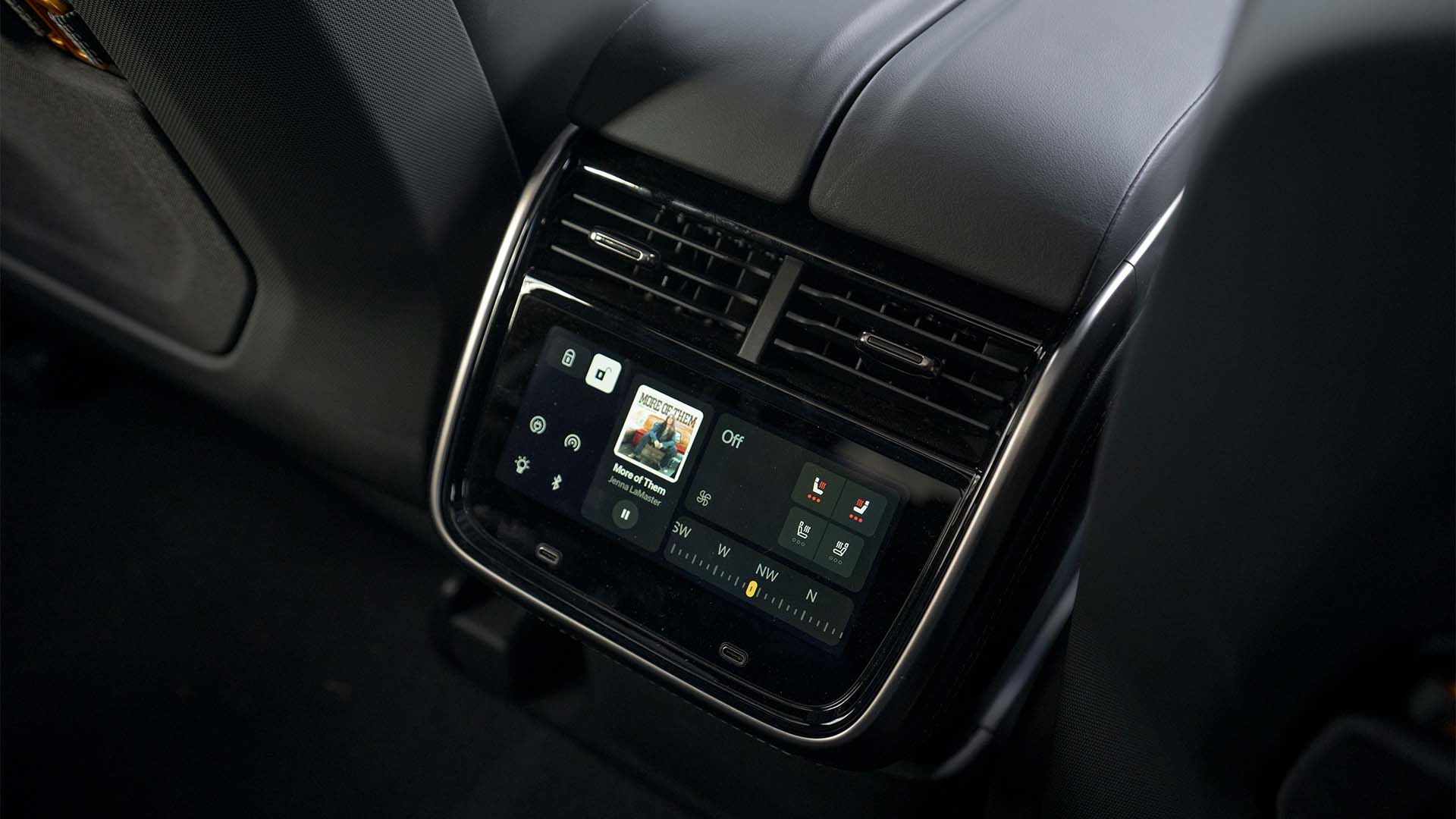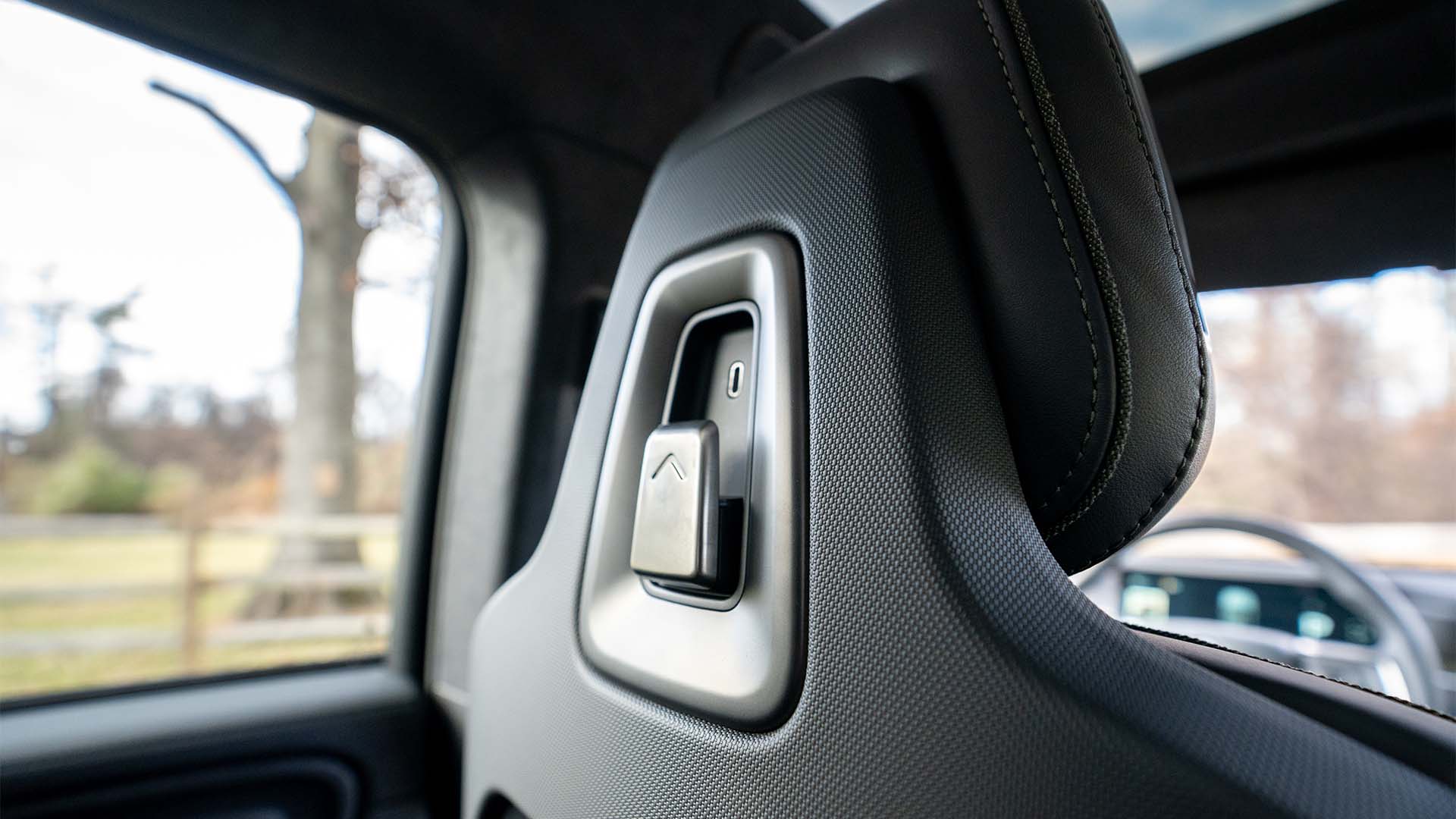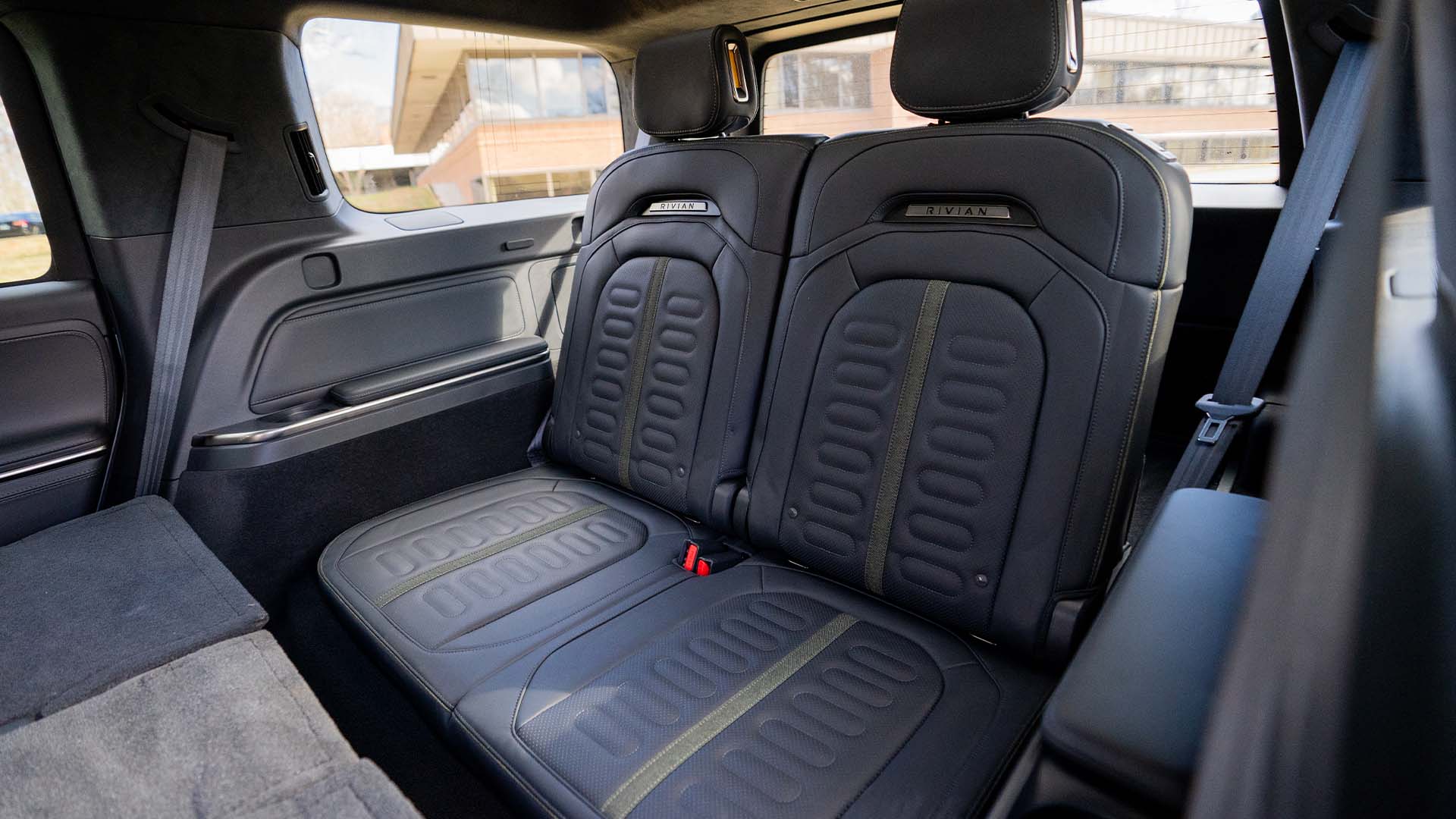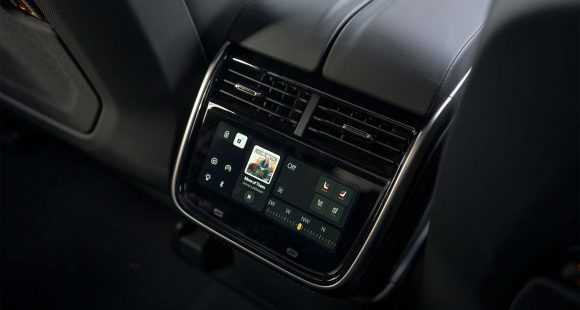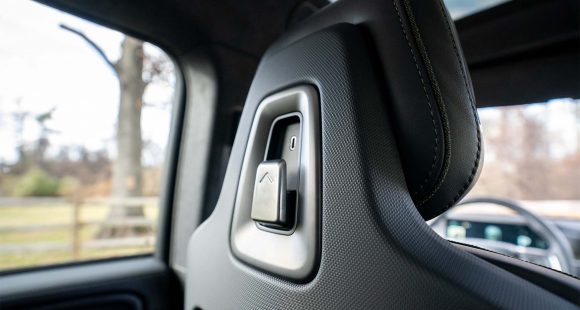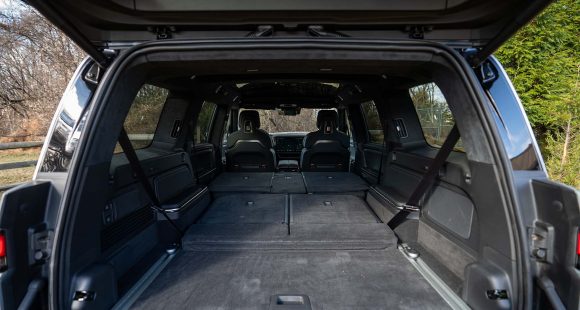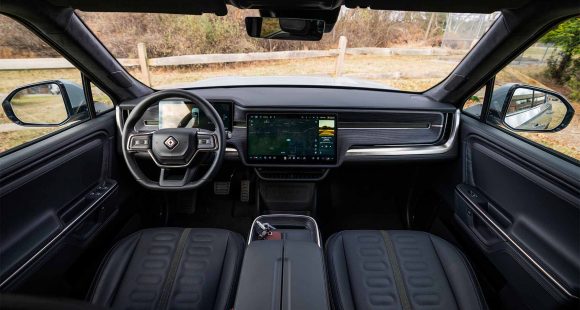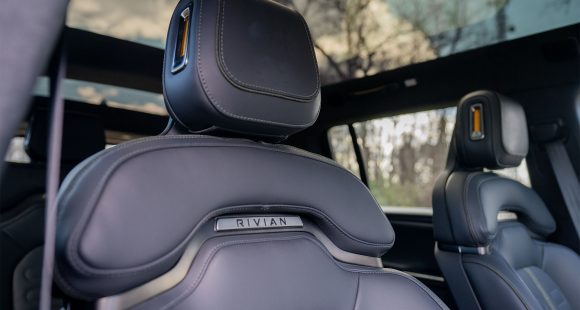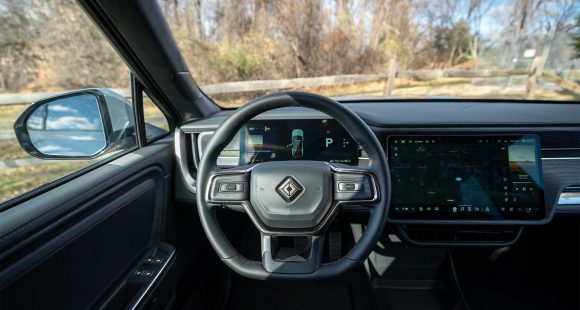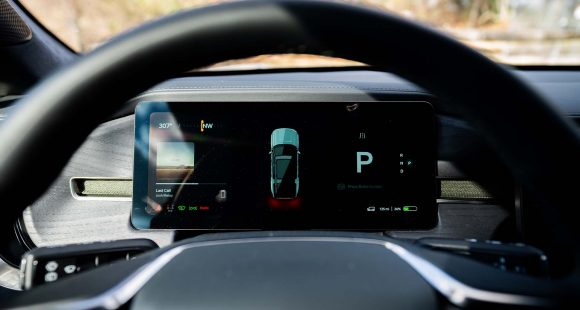2014 Nissan Rogue
After what has to be one of the longest life cycles for a compact crossover, six model years, the second generation of the nissan rogue has finally arrived for 2014. But there’s nothing wrong with taking your time, if the result is worth the wait. Especially if you bring something unexpected to the party. And that’s exactly what the new rogue does.
It may have taken awhile for the 2nd generation, 2014 Nissan Rogue to arrive, but its arrival will not go unnoticed by the rest of the compact crossover segment as Nissan is making a serious attempt to grab a much bigger piece of the market. And we can all agree that in order for that greedy sales grab to take place, the Rogue will need to stand out more than before; so Nissan has brought about much change.
 This is an all new chassis, one that will be sold globally; and while the overall length is actually down an inch to 182.3-inches, wheelbase, width, and height are all up. The upgraded looks feature lots of flowing lines and substantial wheel arches; all very reminiscent of the Rogue’s big brother Pathfinder. But the Rogue’s grille with its narrowed U shape is all its own.
This is an all new chassis, one that will be sold globally; and while the overall length is actually down an inch to 182.3-inches, wheelbase, width, and height are all up. The upgraded looks feature lots of flowing lines and substantial wheel arches; all very reminiscent of the Rogue’s big brother Pathfinder. But the Rogue’s grille with its narrowed U shape is all its own.
And that slick new shape not only looks great but cuts through the air even better and works with an uprated CVT transmission to raise all-wheel-drive Government Fuel Economy Ratings to 25-City, 32-Highway, and 28-Combined. The Energy Impact Score is also very good for a crossover at 11.8-barrels of annual oil consumption with yearly CO2 emissions of 5.3-tons.
And while few mainstream compact crossovers deliver notable driving enjoyment, and none provide extreme levels of comfort, the Rogue has enough of both to keep your commute enjoyable and vacation time very pleasant. Active Trace Control uses selective braking to mitigate understeer and Active Ride Control goes one step further by using brakes and engine torque to reduce both vehicle vibration and body motion.
And there was a definite attempt by Nissan to go more premium on the inside, with very good material quality as well as more features like Nissan Connect.
 But the most unexpected surprise by far is a new 3rd row option for 7-passenger seating. Access is aided by the EZ Flex sliding second row. But, as Rogue is still a compact, 3rd row space is expectedly tight, best fit for small children. Still, most rivals don’t offer comparable versatility. And, even with the 3rd row in place there’s 9.4 cubic-ft. of luggage space. Capacity behind the second row is 32.0 cubic-ft.
But the most unexpected surprise by far is a new 3rd row option for 7-passenger seating. Access is aided by the EZ Flex sliding second row. But, as Rogue is still a compact, 3rd row space is expectedly tight, best fit for small children. Still, most rivals don’t offer comparable versatility. And, even with the 3rd row in place there’s 9.4 cubic-ft. of luggage space. Capacity behind the second row is 32.0 cubic-ft.
And with both rows folded, there’s a mid-size like 70.0 cubic-ft. And a trick divide-‘n-hide cargo management system helps you keep things organized. Working our way forward, new Zero Gravity front seats offer excellent comfort for drives both long and short.
But the newness doesn’t make it all the way forward however, as under the hood is the same QR25DE 2.5-liter I4 as before. There are updates in the name of efficiency, but horsepower and torque are unchanged at 170 and 175 lb-ft. And the usual excessive engine noise that accompanies a CVT is on full display as you work your way from a stop light, or in our case, down a drag strip.
Power is a tad soft at launch, but once those RPM’s reach their steady peak it feels fairly decent. The simulated shifts feel more like bouncing off a rev limiter and don’t really seem to help times. 0-60 takes a leisurely 8.9-seconds, with a slow quarter mile of 16.9-seconds at 83 miles-per-hour.
The fully independent front and rear suspension with stabilizer bars and twin tube shocks performs above average, provided you keep inputs smooth thus keeping the aggressive traction control from engaging. Except for some pretty hard nose dive, braking performance is also good, with stops averaging 126-feet.
 Safety conscious families can opt for one of the two Premium packages to add a Blind Spot Warning system, as well as Lane Departure Warning and Moving Object detection.
Safety conscious families can opt for one of the two Premium packages to add a Blind Spot Warning system, as well as Lane Departure Warning and Moving Object detection.
As for prices, they slot in nicely against compact CUV rivals, starting at just $23,350. Top level SL trim begins at $28,930; and all-wheel-drive can be added to any Rogue for 13-hundred-50 dollars more.
While it was definitely long overdue for a re-design, it looks to have been worth the wait; as the 2014 Nissan Rogue appears to be a much more serious player in the segment. That’s good news for Nissan and good news for buyers looking for unexpected largess in a compact crossover.
Specifications
- Engine: 2.5-liter I4
- Horsepower: 170
- Torque: 175 lb-ft.
- 0-60 mph: 8.9-seconds
- 1/4 mile: 16.9 seconds @ 83 mph
- EPA: 25 mpg city/ 32 mpg highway
- Energy Impact: 11.8 barrels of oil/yr
- CO2 Emissions: 5.3 tons/yr
2025 Rivian R1S
Major Reboot for Rivian R1S
With just about every mainstream carmaker now onboard with battery-electric vehicles, EV-only brands are hoping there are still plenty of people out there willing to think outside the box. So, let’s see if Rivians latest R1S utility can make the case for taking the EV road less traveled.
Big changes have happened in the short time since the Rivian R1S first hit the streets three years ago. As for 2025, there are updates that touch just about every aspect of the vehicle. Yes, despite looking almost exactly the same outside, Rivian claims that beneath the surface, their entire electrical architecture has been significantly updated, eliminating a whopping mile and a half of wiring and 10 computer assemblies, allowing for more efficient operation.
But look closely and you will see their signature vertical oval headlights are updated with a new matrix of LED lights that can cycle individual elements on and off to provide maximum illumination where you need it without distracting oncoming drivers.
Not much change in the look of the interior either, but the synthetic leather upholstery is still very nicely done, though most touchpoints feel more rugged than luxury minded. With the exception of a couple controls on the steering wheel, you do still have to do almost everything on the R1S’s 15.6-inch touchscreen, but the user interface has been improved. So, while we do wish they could have reverse-engineered a knob or two into the mix, we realize full touchscreen interface is just what people expect in their high-end EVs these days, and at least it works better than before. And the gauge display still wows you with the amount of information it displays and is mounted high enough that no additional head-up display is needed. A new Rivian Autonomy Platform uses 11 cameras, five radars and A.I. for self-driving, or just to monitor what’s going on around the vehicle even when it’s parked.
This [EV] really feels fast, sitting you up high and throwing you back in your seat with authority.
Rivian has also given the R1S a substantial suspension revision with new spring rates, bushings, and mounts; along with new tuning for the adaptive dampers and roll-mitigation system. It does provide a more balanced street attitude, but it still rides like a truck. That’s great if that’s the experience you’re looking for; not as ideal if you’re looking for more of the smooth luxury-style treatment.
All R1Ss are all-wheel drive, but there’s a wide variety of powertrain options including a new Tri-Motor setup. Outputs range from the standard Dual-Motor’s 533 horsepower to the Quad-Motor’s impressive 1,025. There are several battery packs as well, delivering as much as 410 miles of range, giving the R1S the highest rating of any SUV on the market right now. Our Adventure trimmed tester featured the 665-horsepower Performance version of the Dual-Motor arrangement, with the Max battery and 20-inch wheels with all-terrain tires.
Theoretically, that setup is rated for 370 miles, but perhaps we were enjoying the “performance” theme too much as our results were well short of that, using 68% of the battery to drive only 189 miles, putting our estimated range around 278 miles. Using 43 kilowatts of electricity for every 100 miles earns the R1S a fair efficiency rating.
But all was forgiven at our Mason Dixon test track when this Rivian started blasting us to 60 in 3.8 seconds. Yes, there are faster EVs, but this one really feels fast, sitting you up high and throwing you back in your seat with authority, while the rear of the truck squats down substantially before hurling you off the line and down the track. Power delivery stayed strong the entire time, cranking away until we cleared the quarter-mile in 10.5 seconds at 108 mph.
Despite this utility’s substantial size and weight, we were able to keep a pretty fast pace through the cones of our handling course. The all-terrain tires obviously didn’t grip the pavement as well as all-seasons would, but the low center of gravity kept things very flat. Yes, it does feel very heavy, but the brakes were more than up to the task, stopping us from 60 mph in a very short 103 feet with surprisingly little nosedive and no fade.
Pricing starts at $77,700 for the Dual-Motor with Standard battery pack; our Dual-Motor Performance with the Max battery and All-Terrain Package came in just over $102,000.
While Rivian has had great initial success; sustaining that success will be a much tougher task. But, if they continue to put as much effort into improving their products as they have here with the 2025 R1S, we think their winning streak will only accelerate.
Specifications
As Tested
- Motor Setup: Dual Motor
- Battery Size: 141.5 kWh
- Horsepower: 665
- Torque: 829 lb-ft
- EPA Range: 370 miles
- 0-60 mph: 3.8 seconds
- 1/4 Mile: 10.5 seconds at 108 mph
- Braking, 60-0 (avg): 103 feet
- MW Test Loop: ~278 miles








